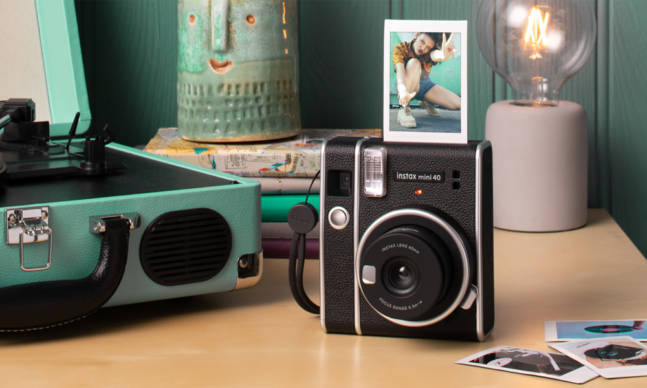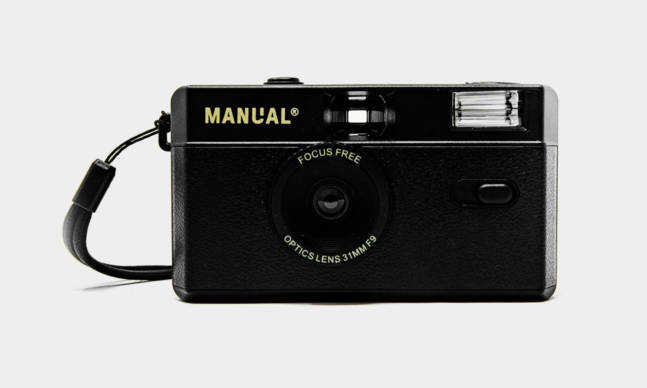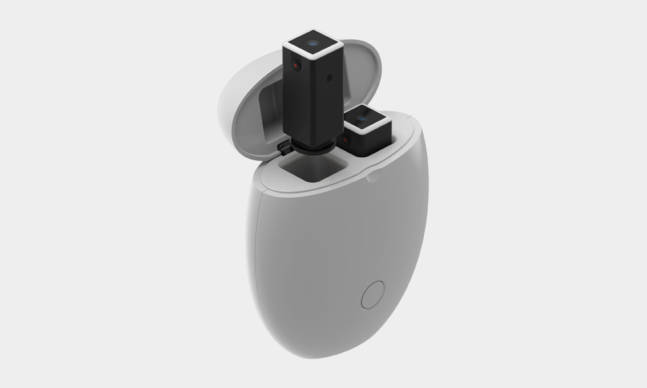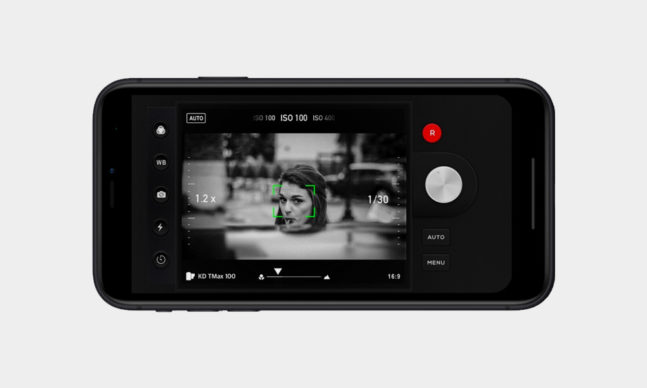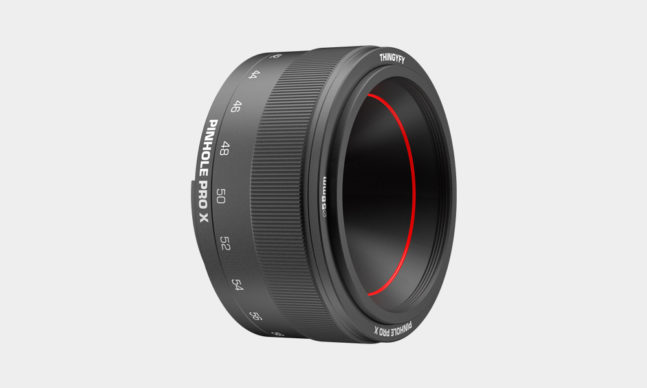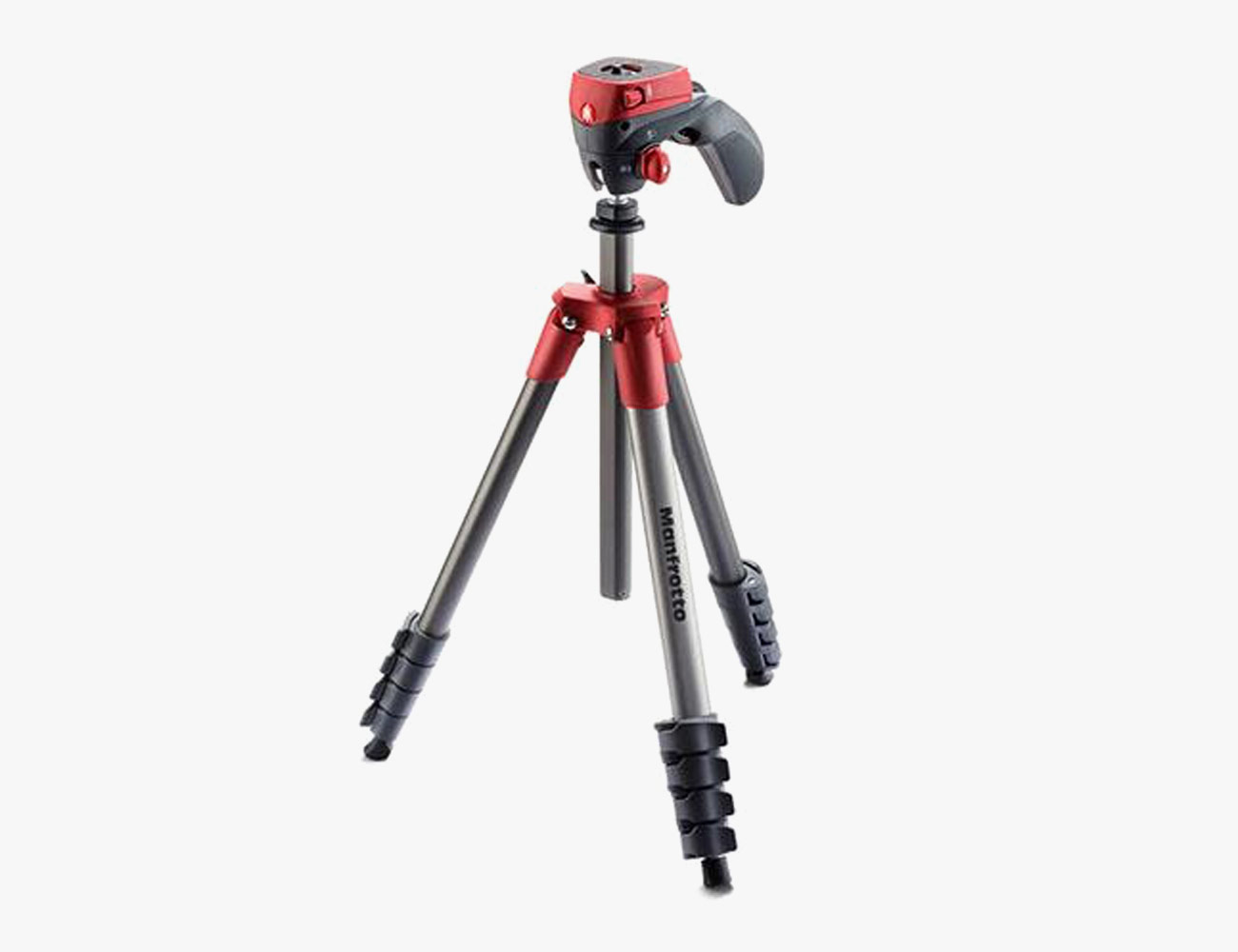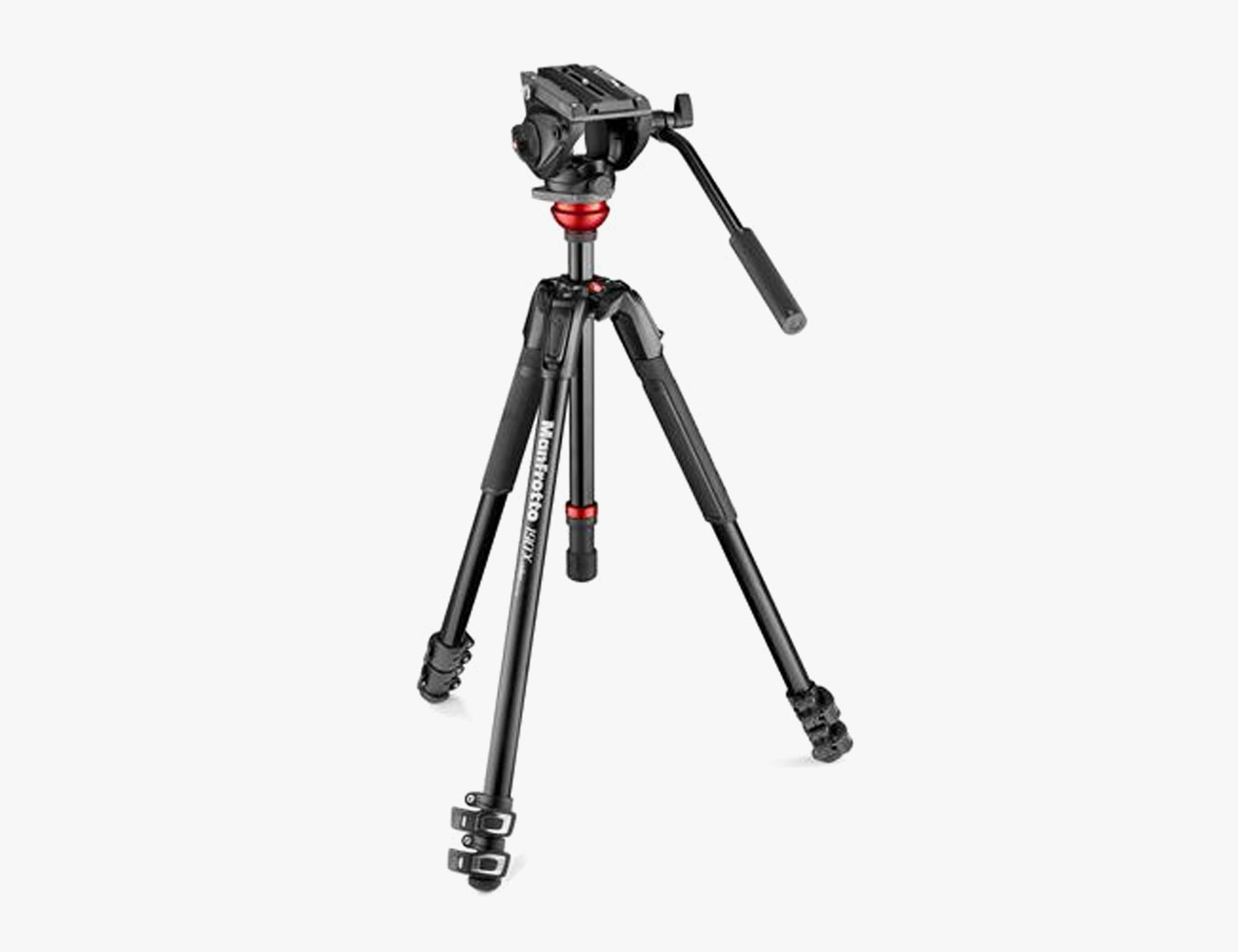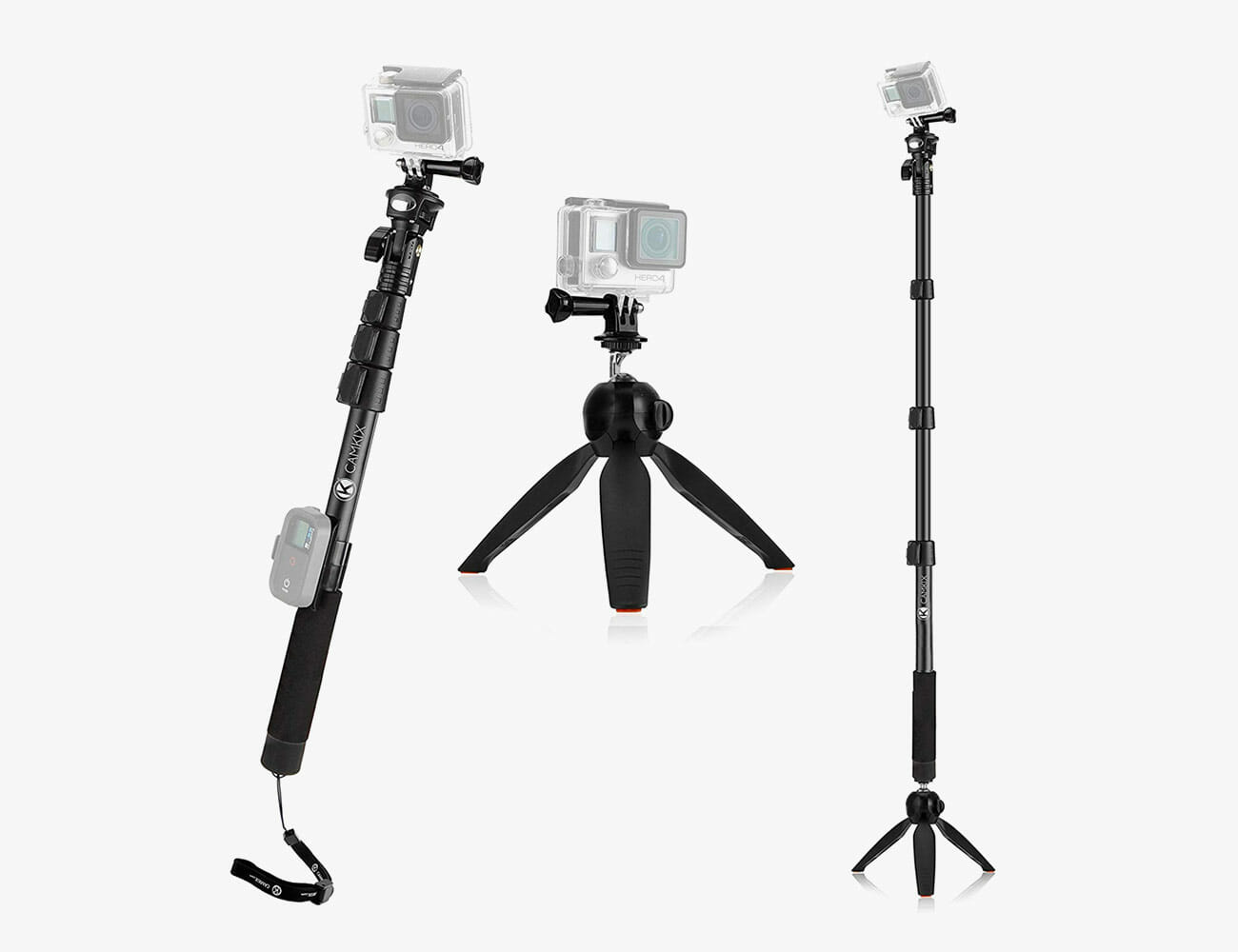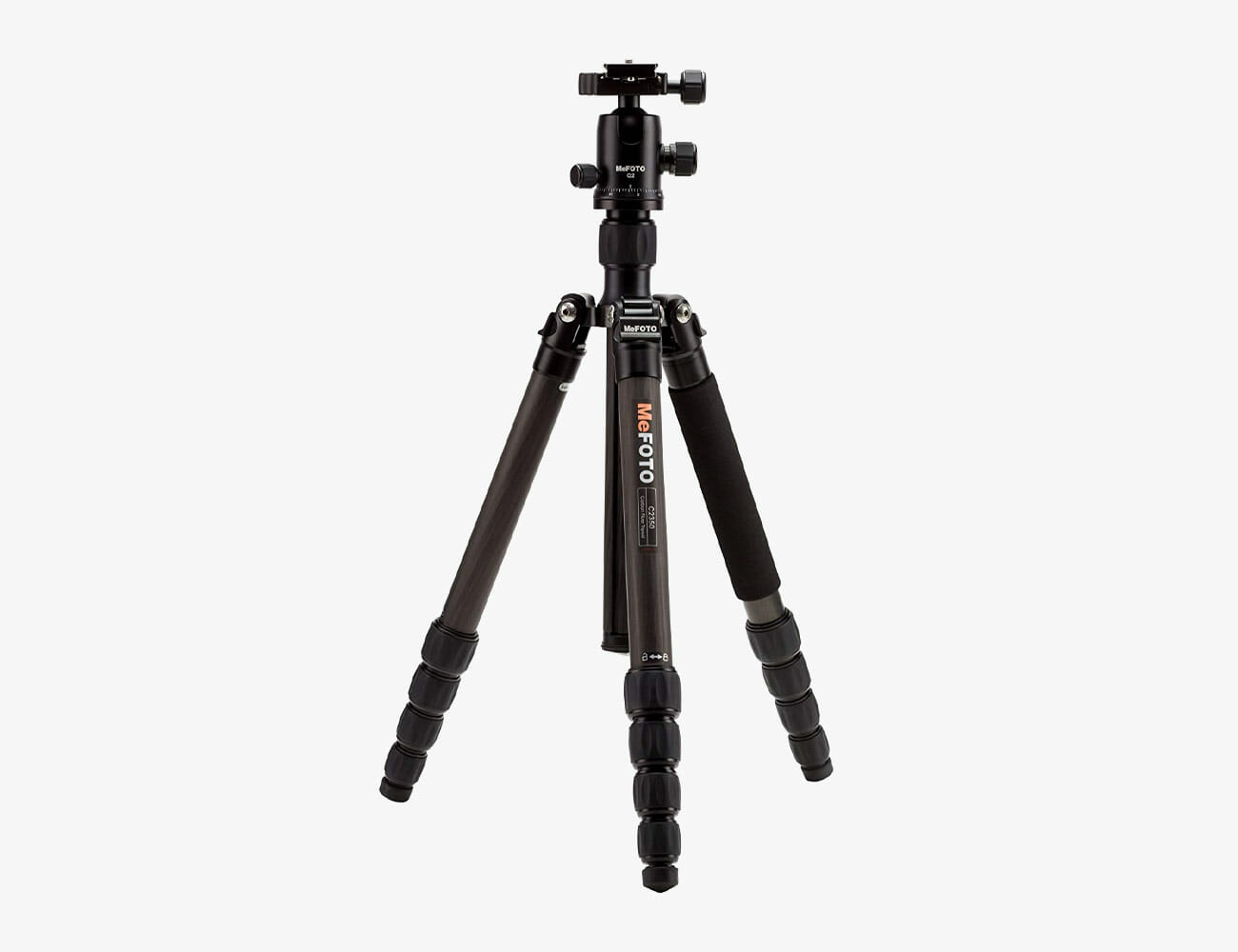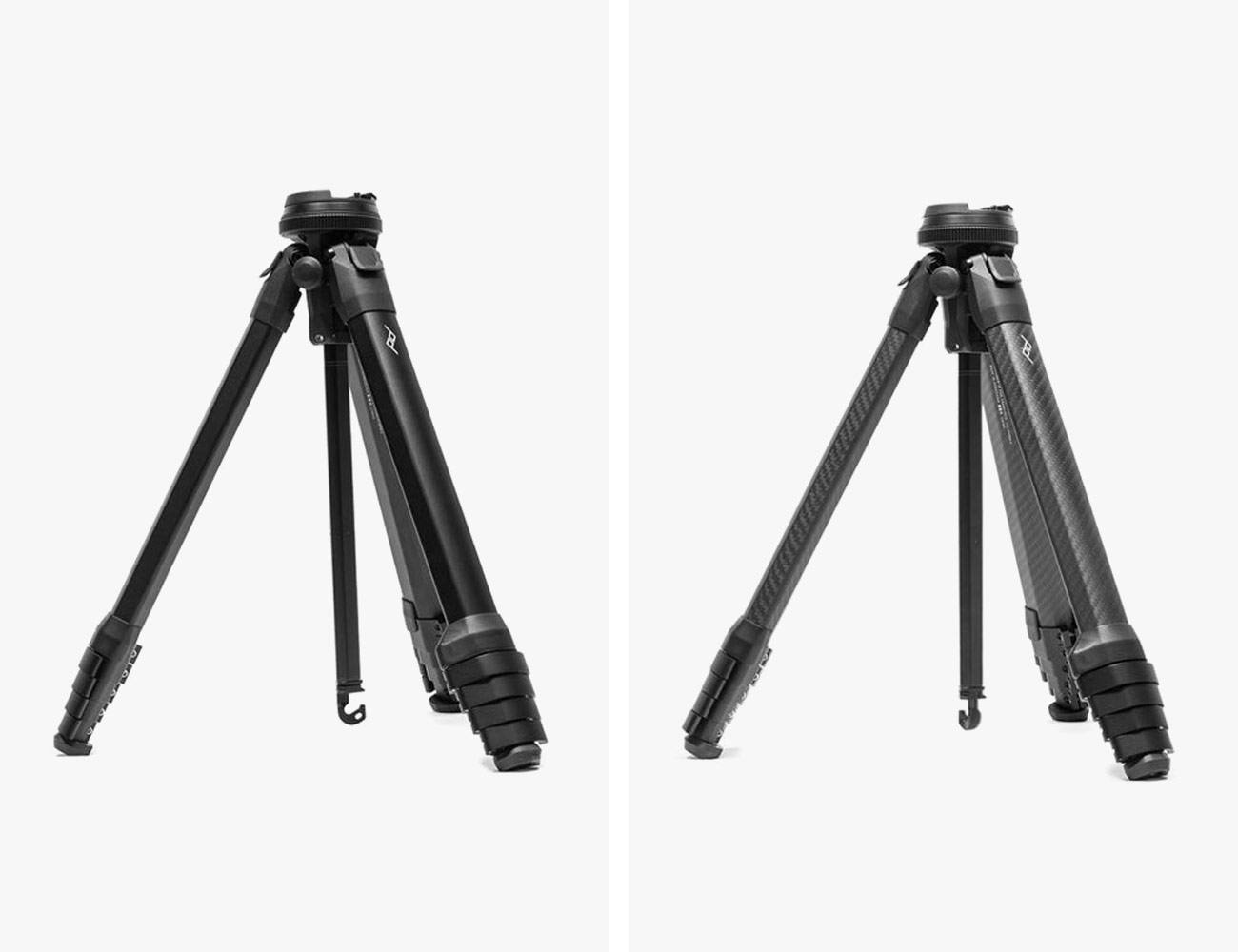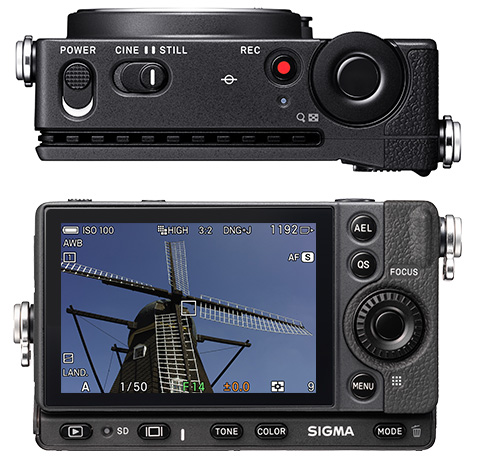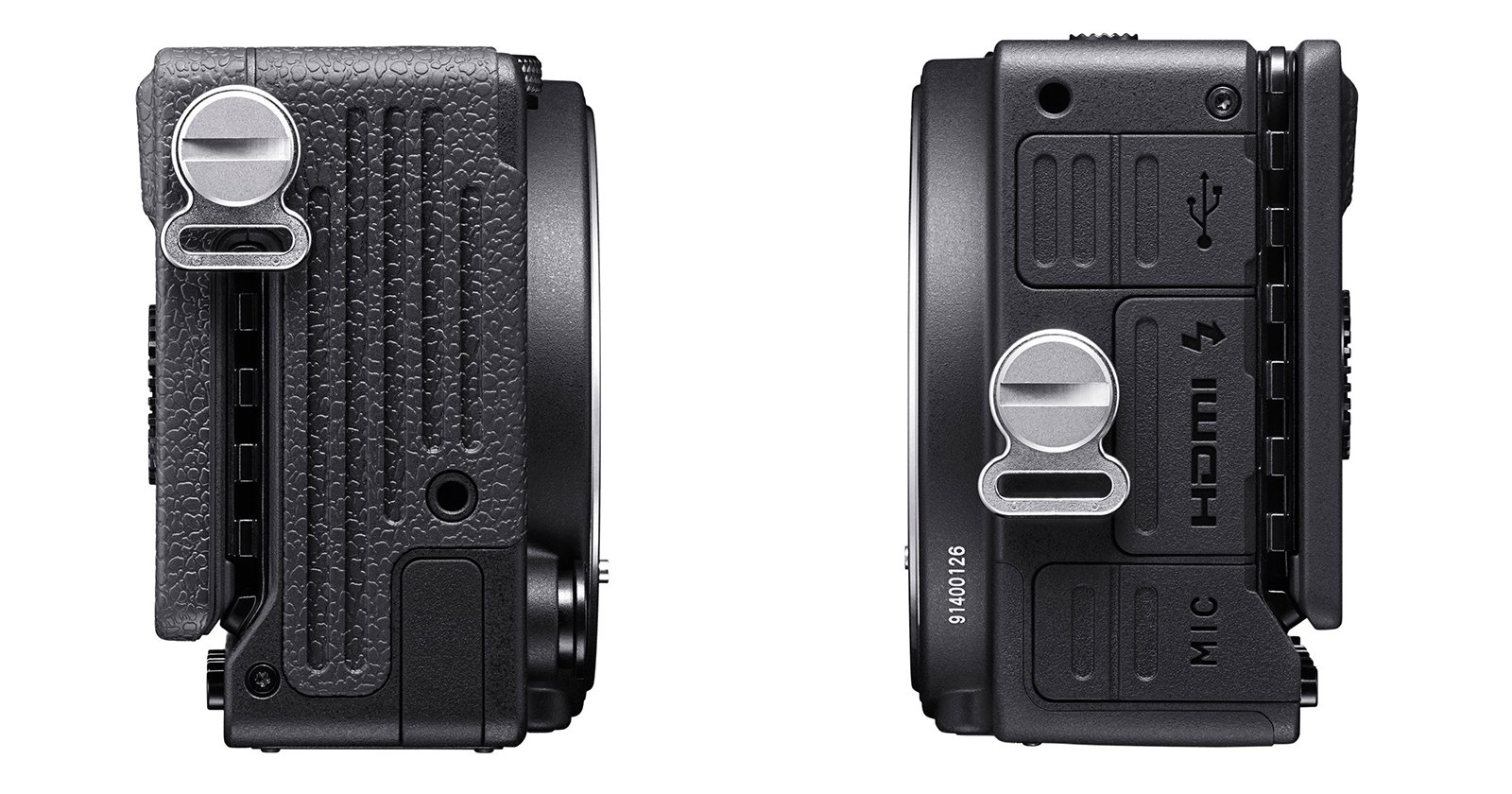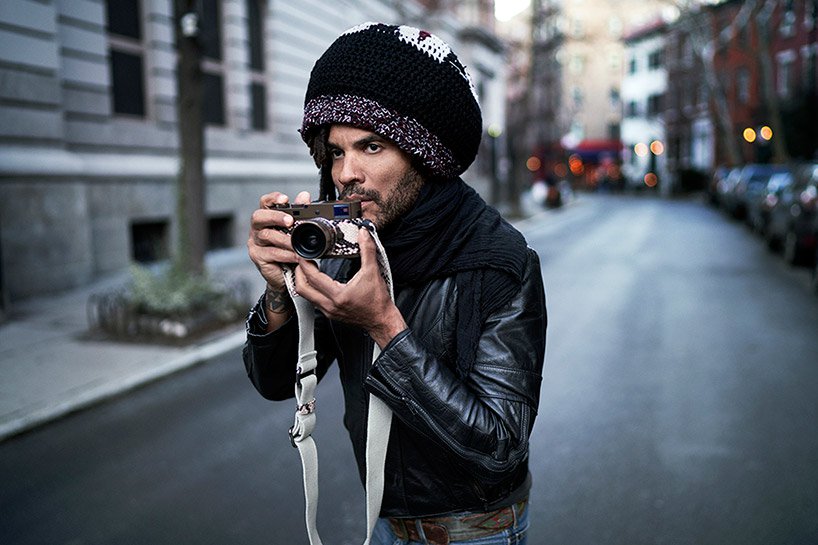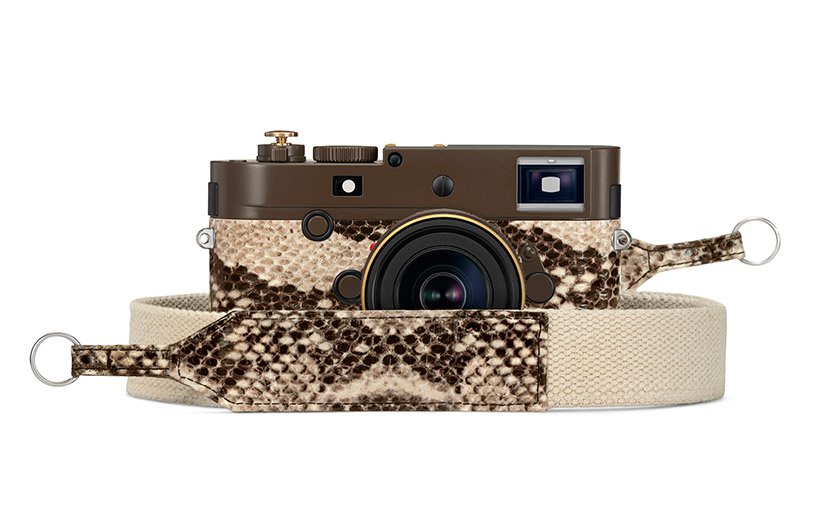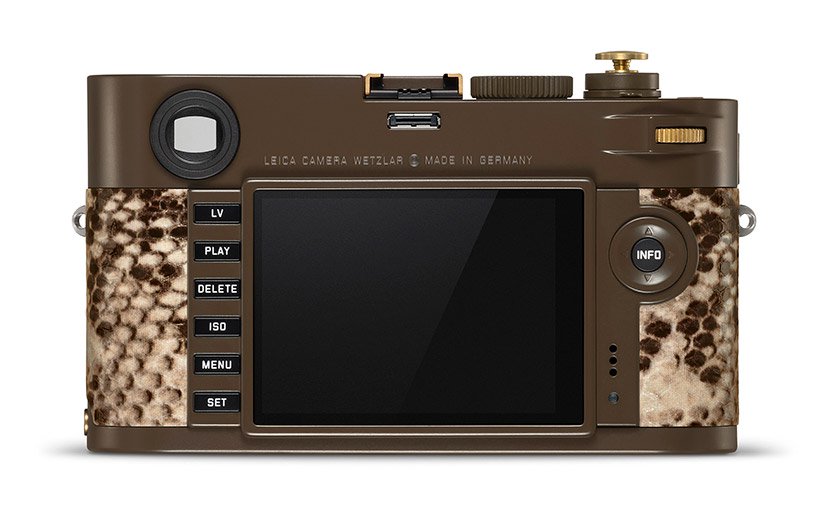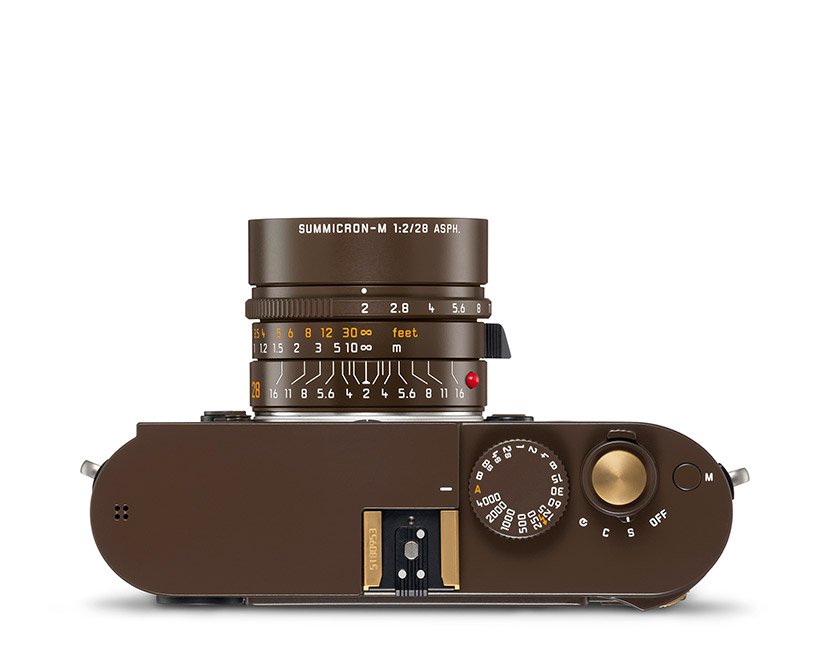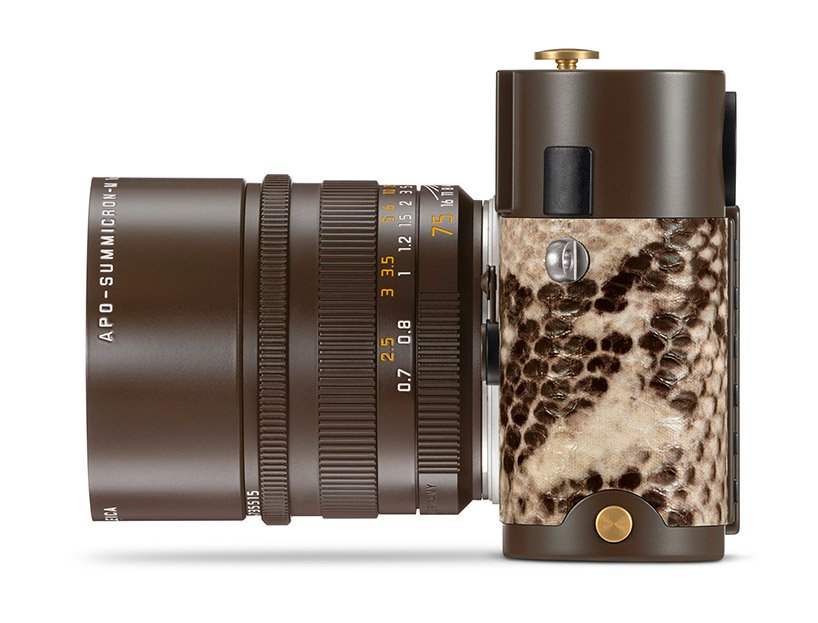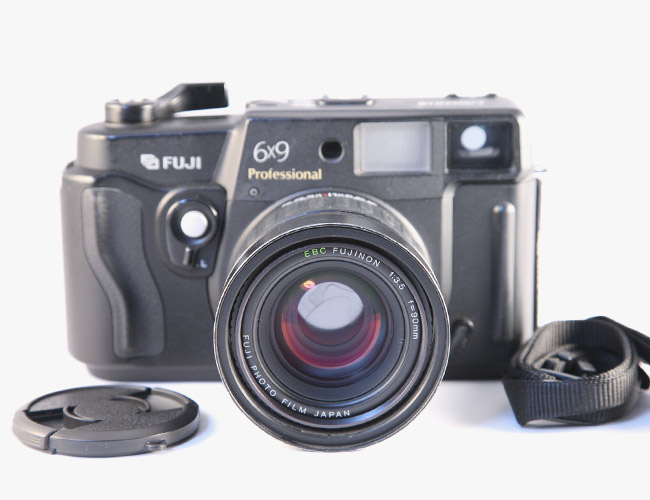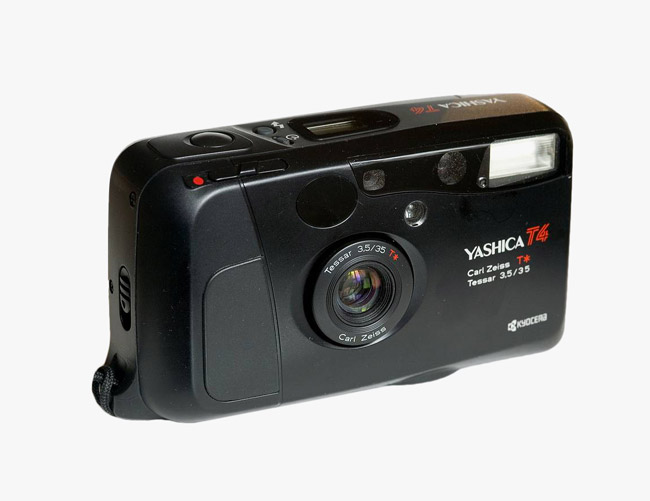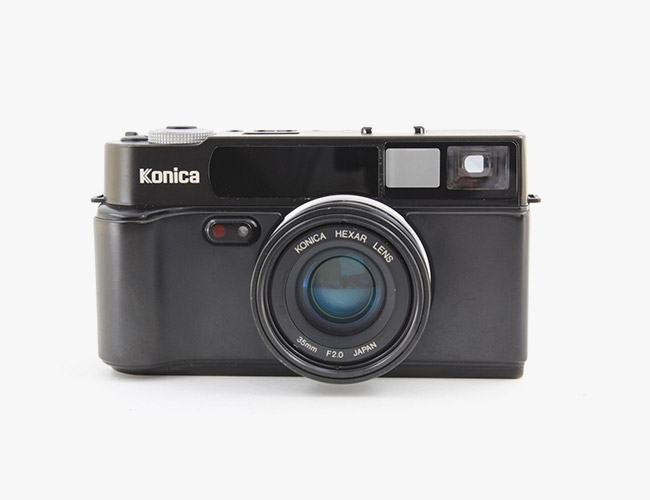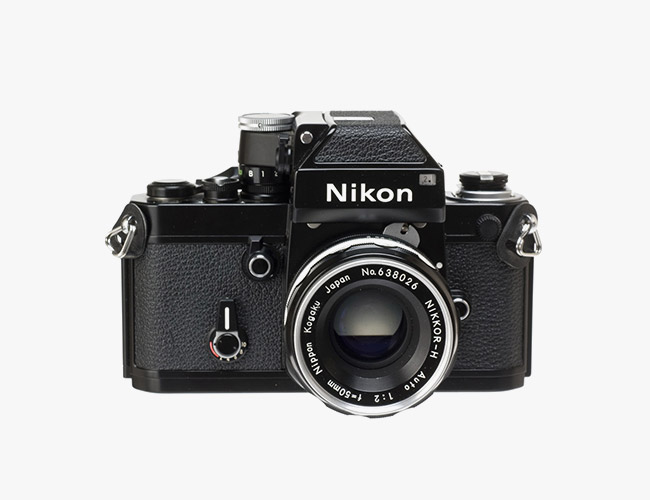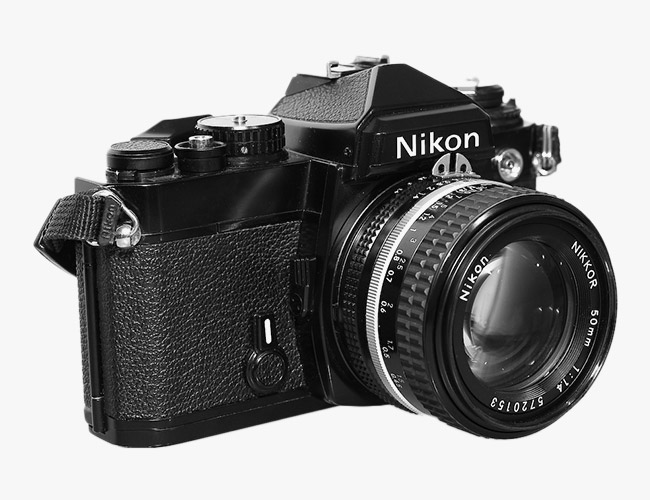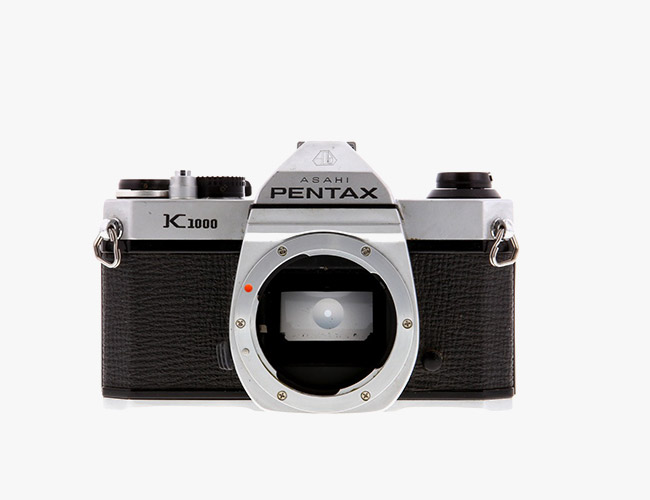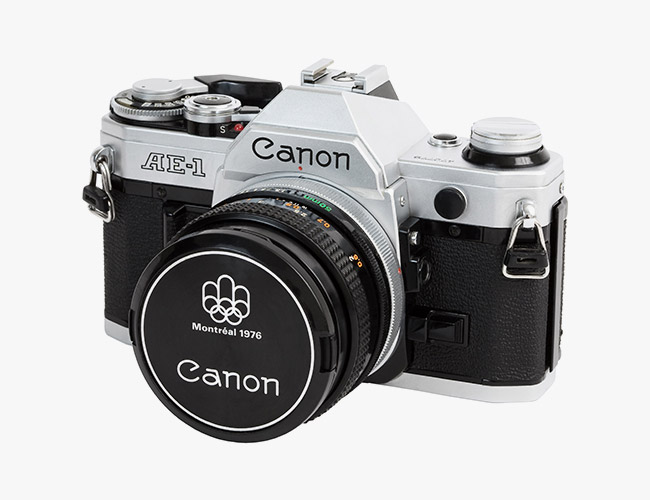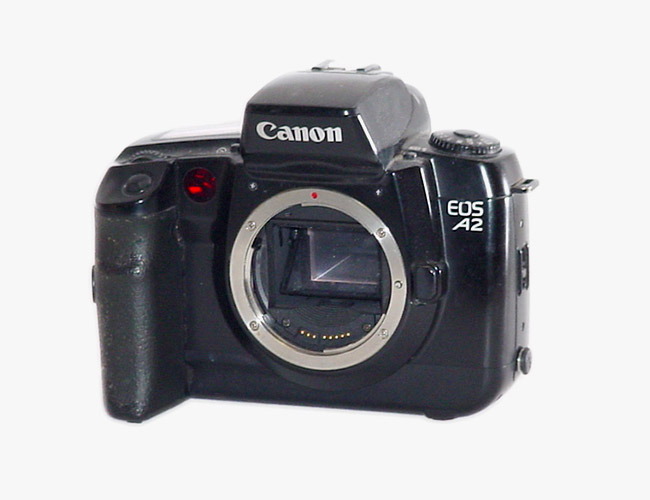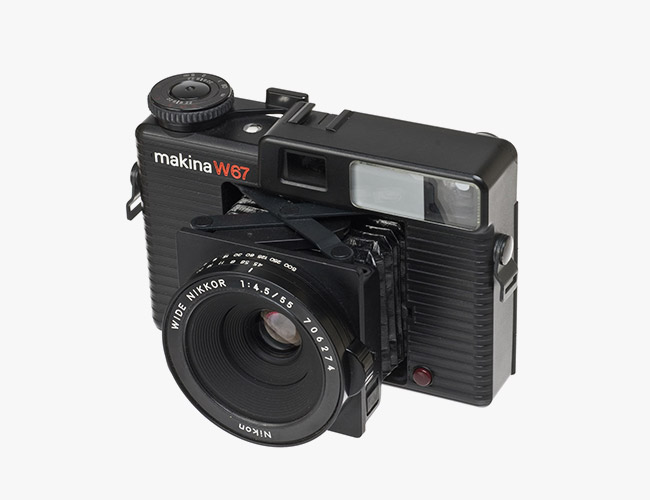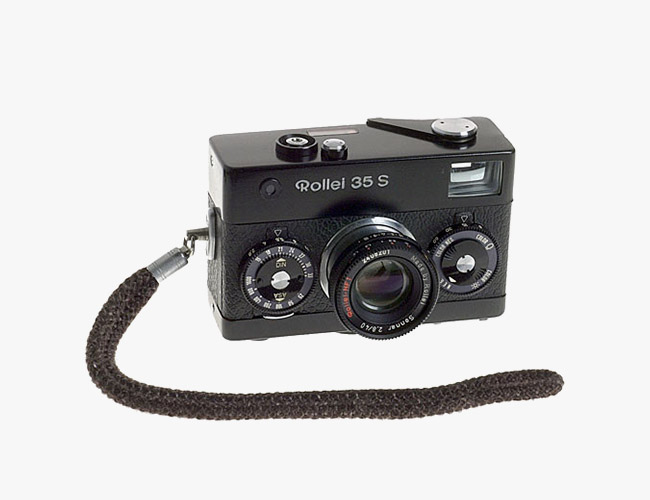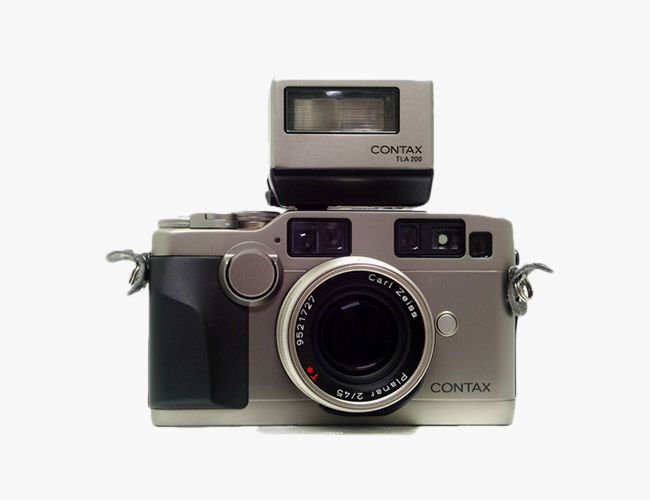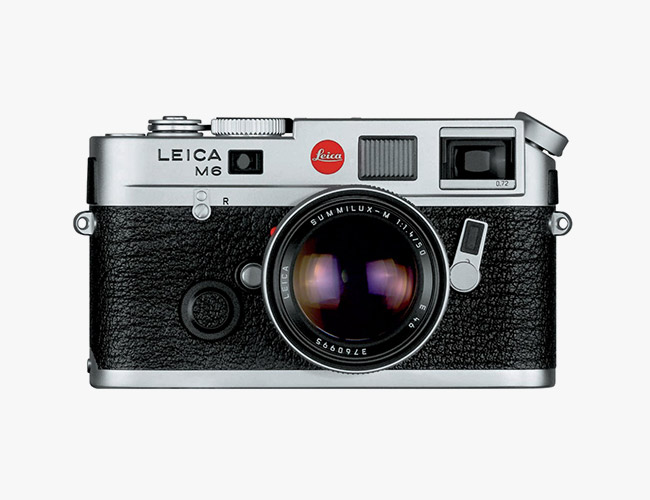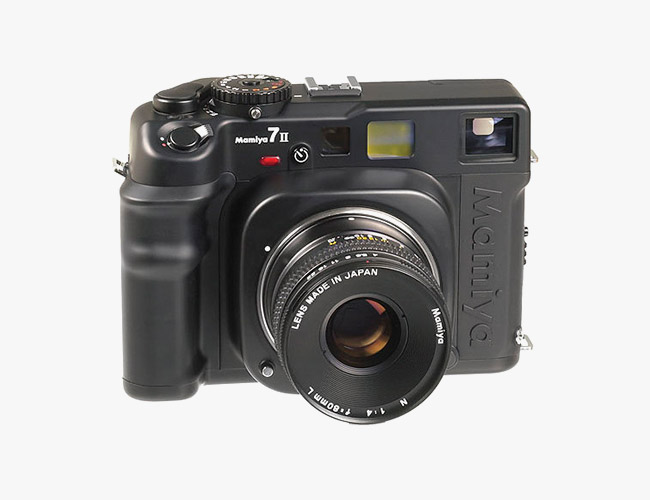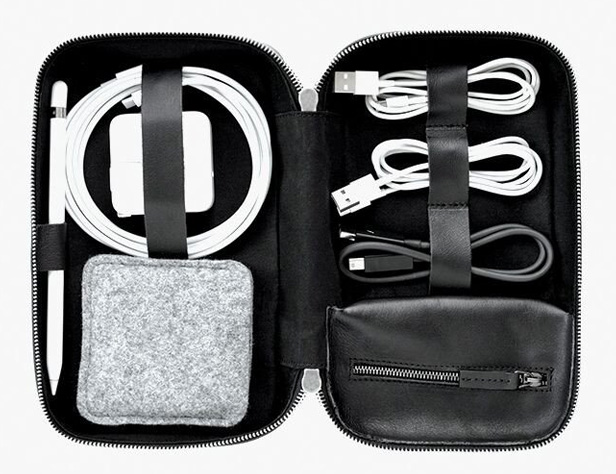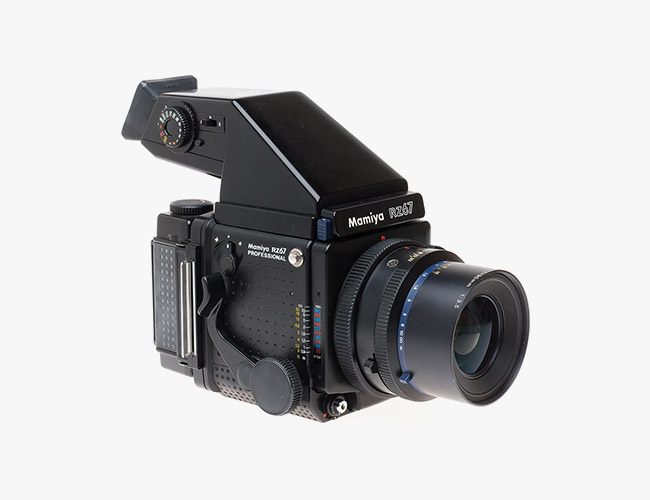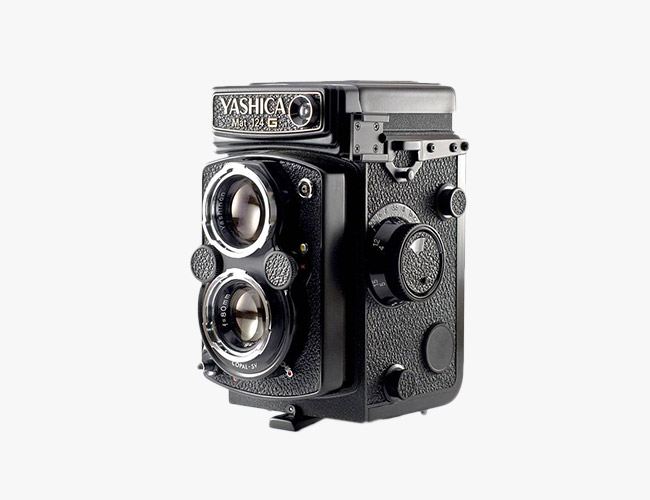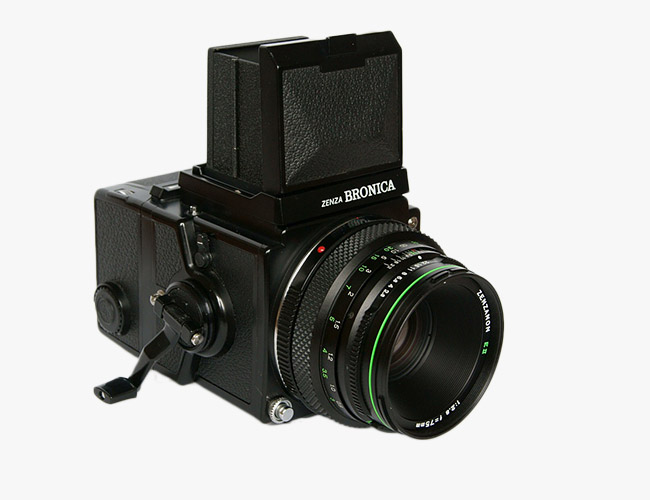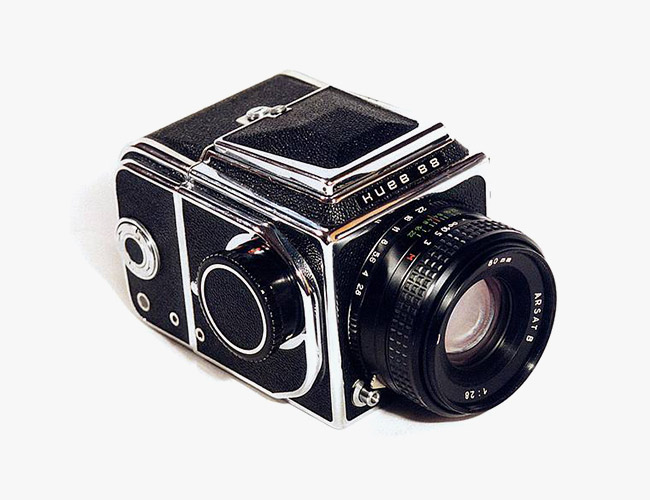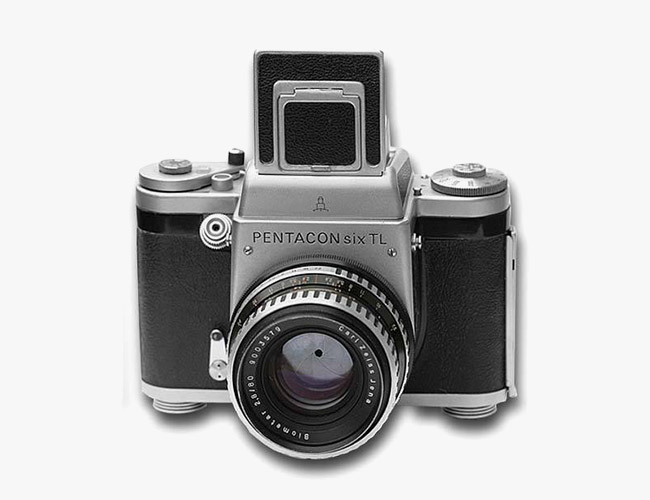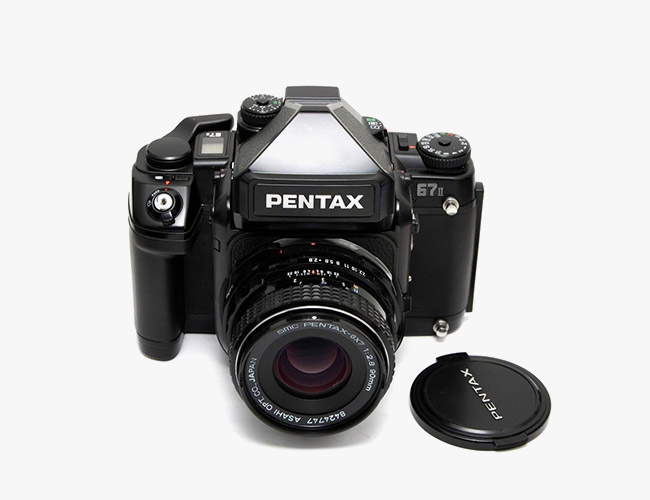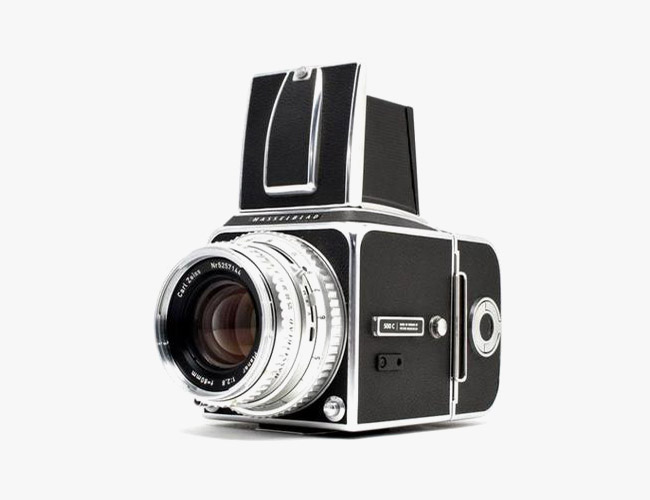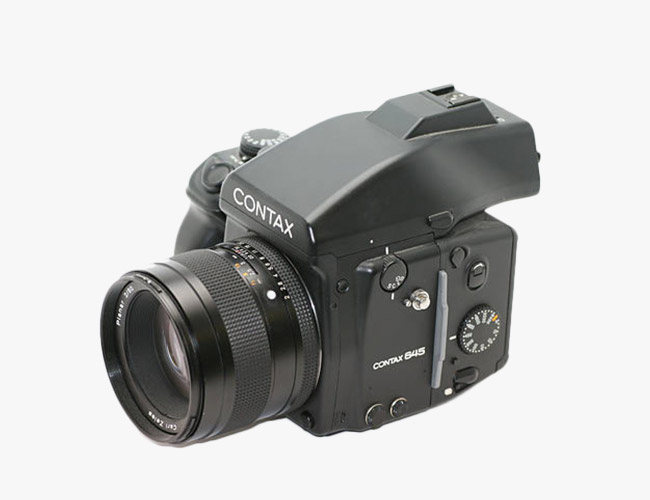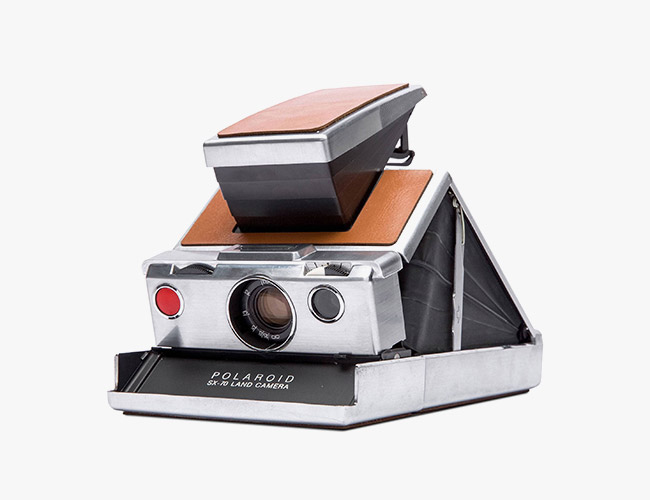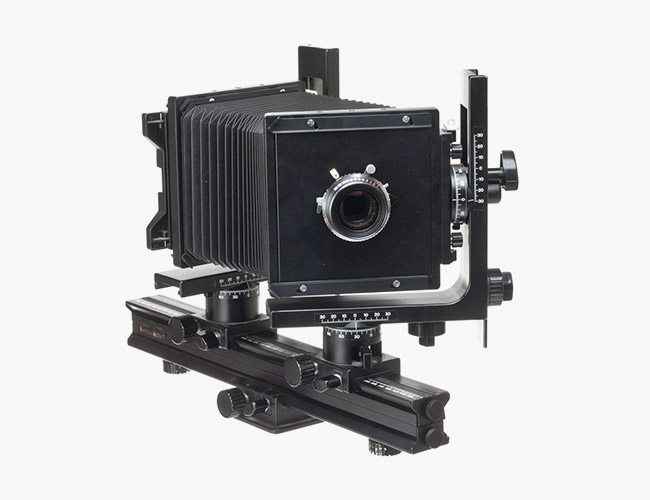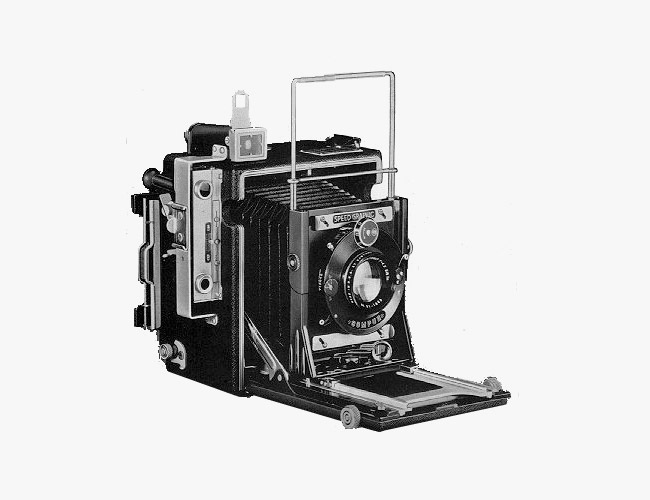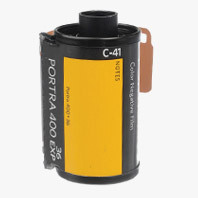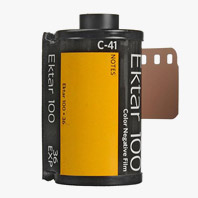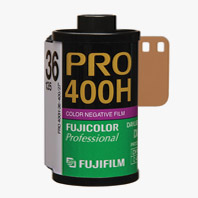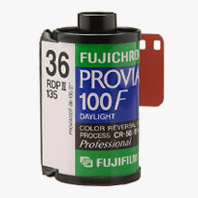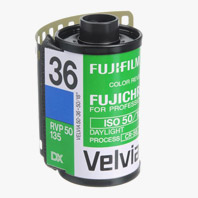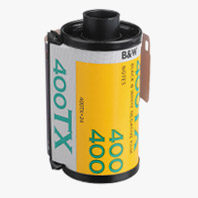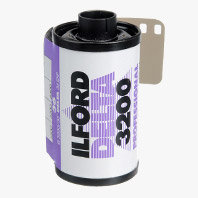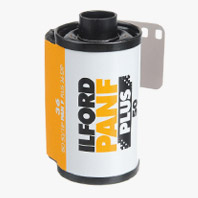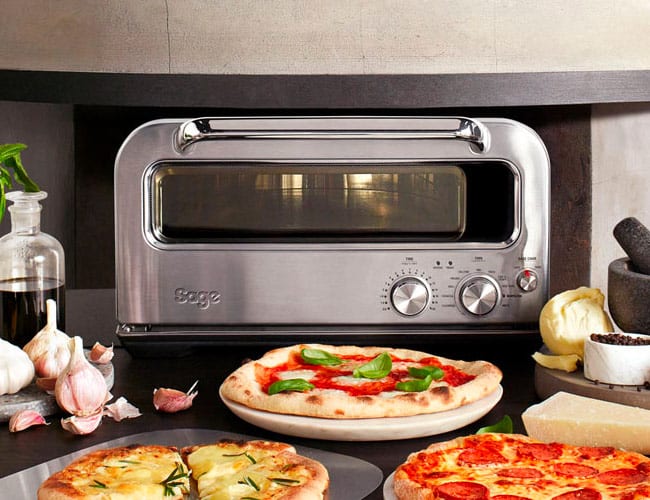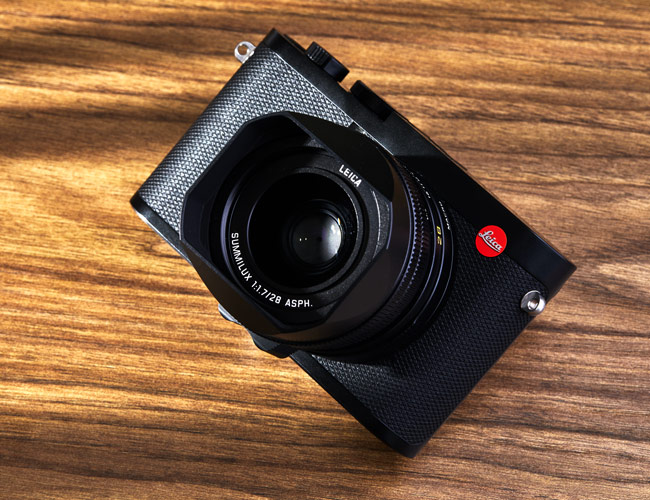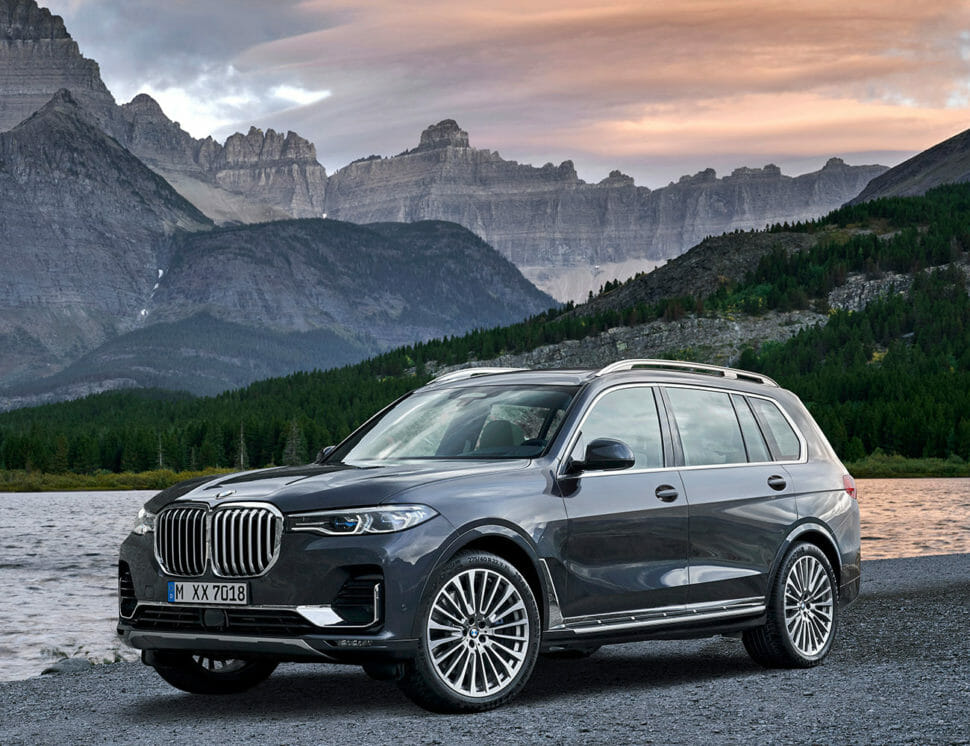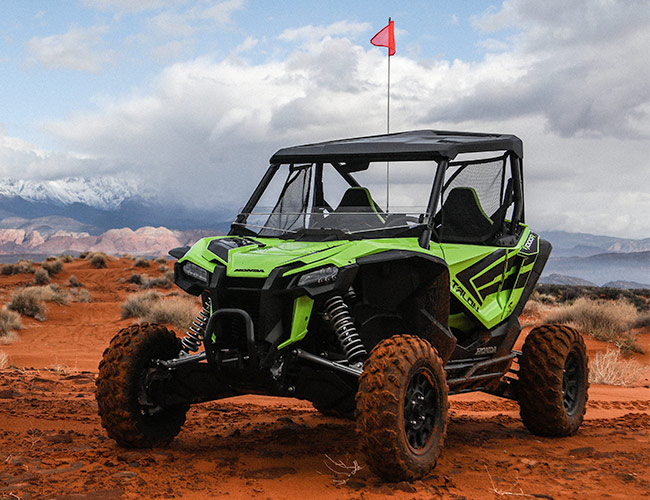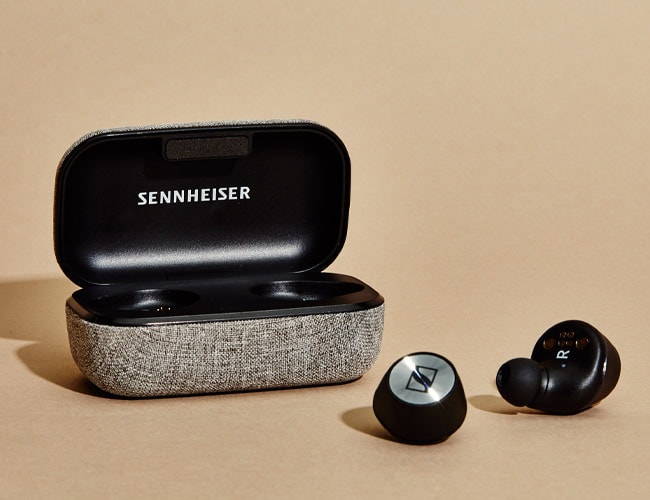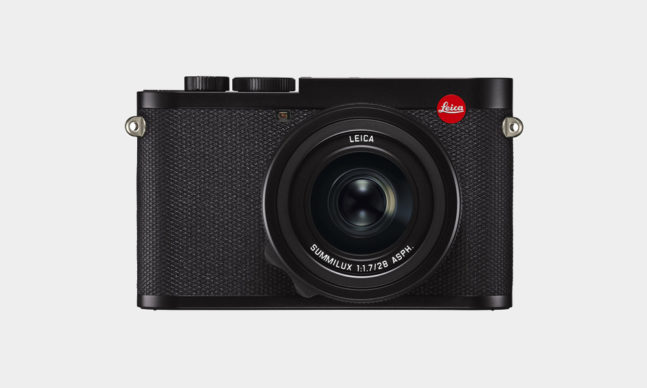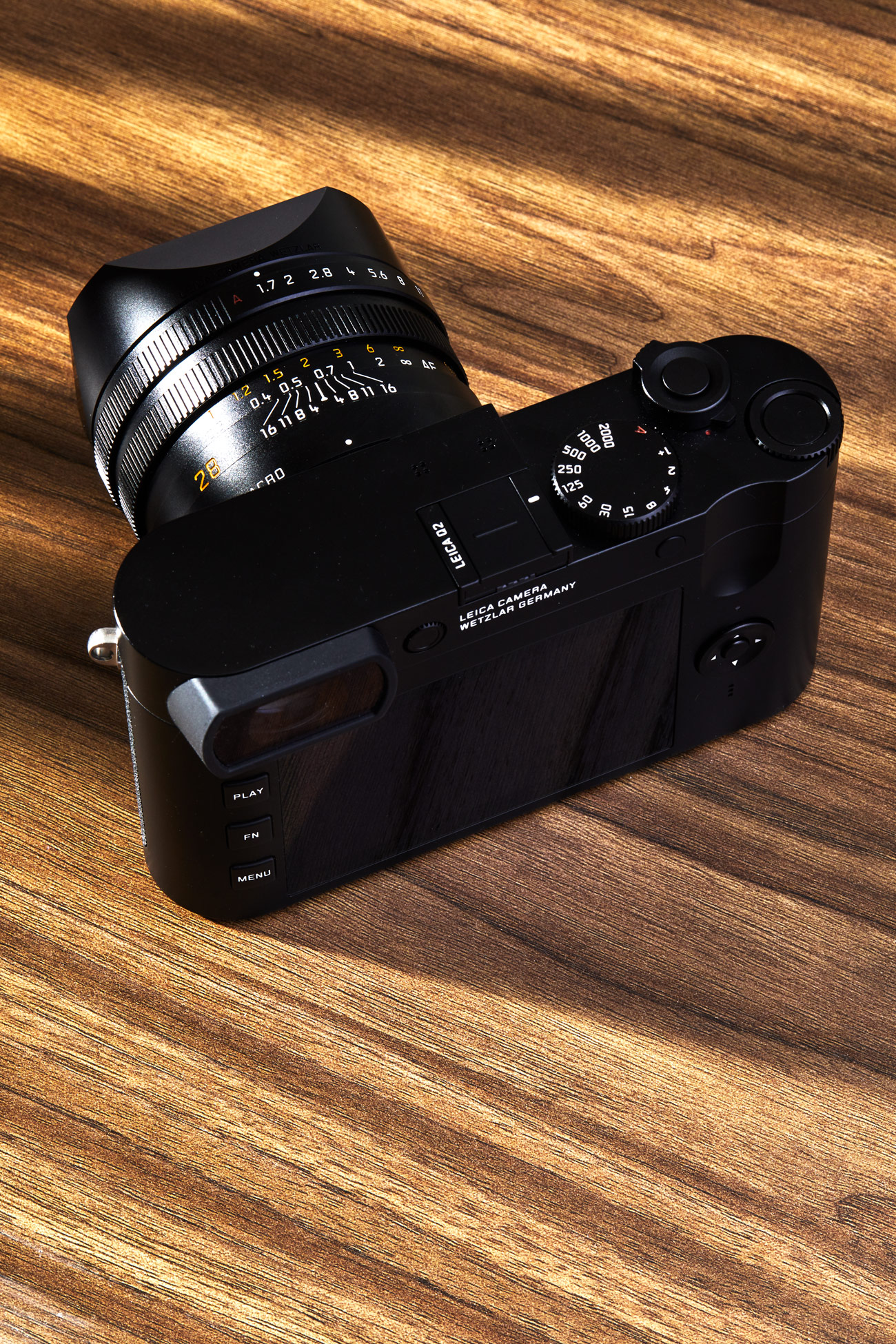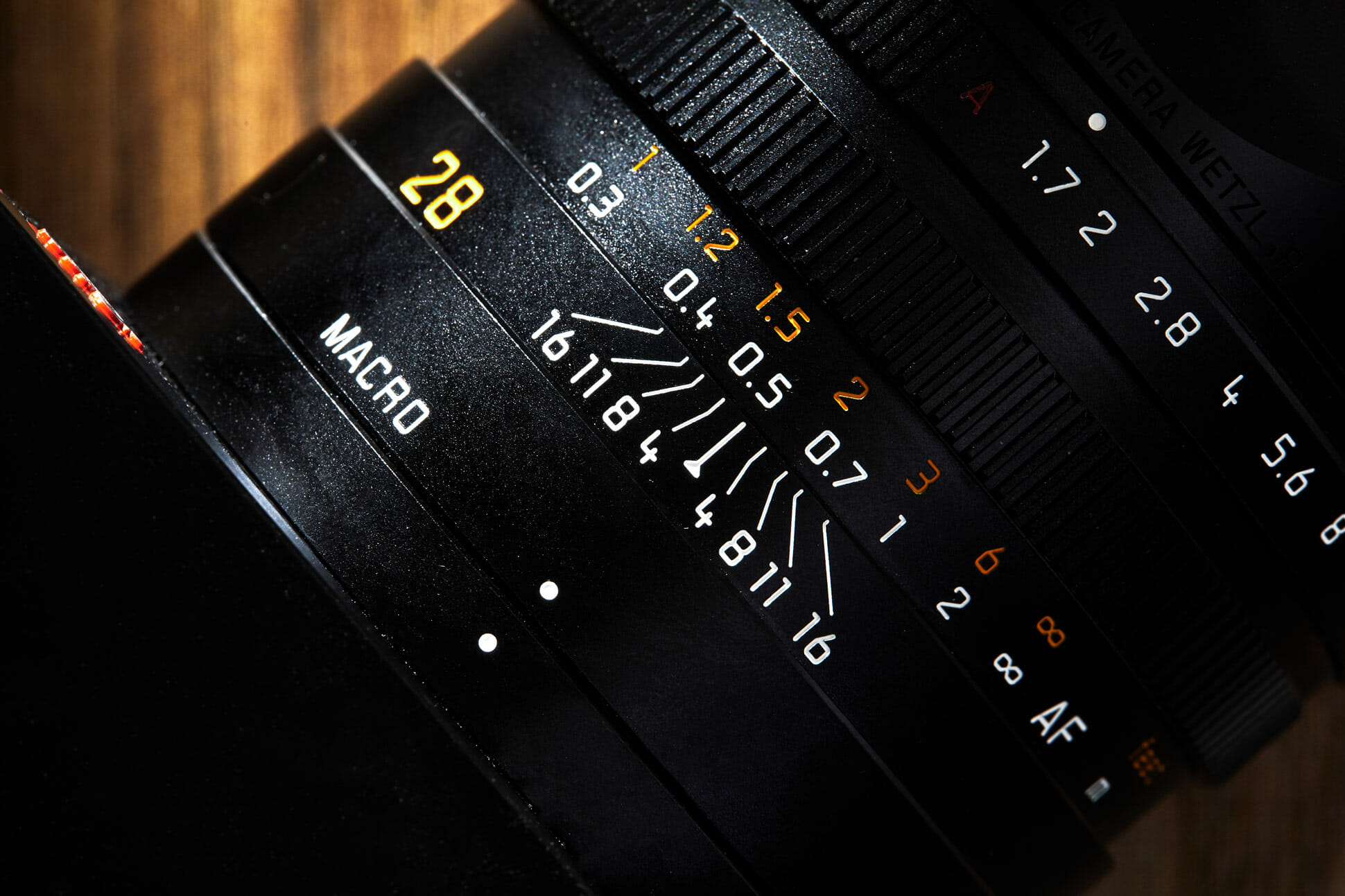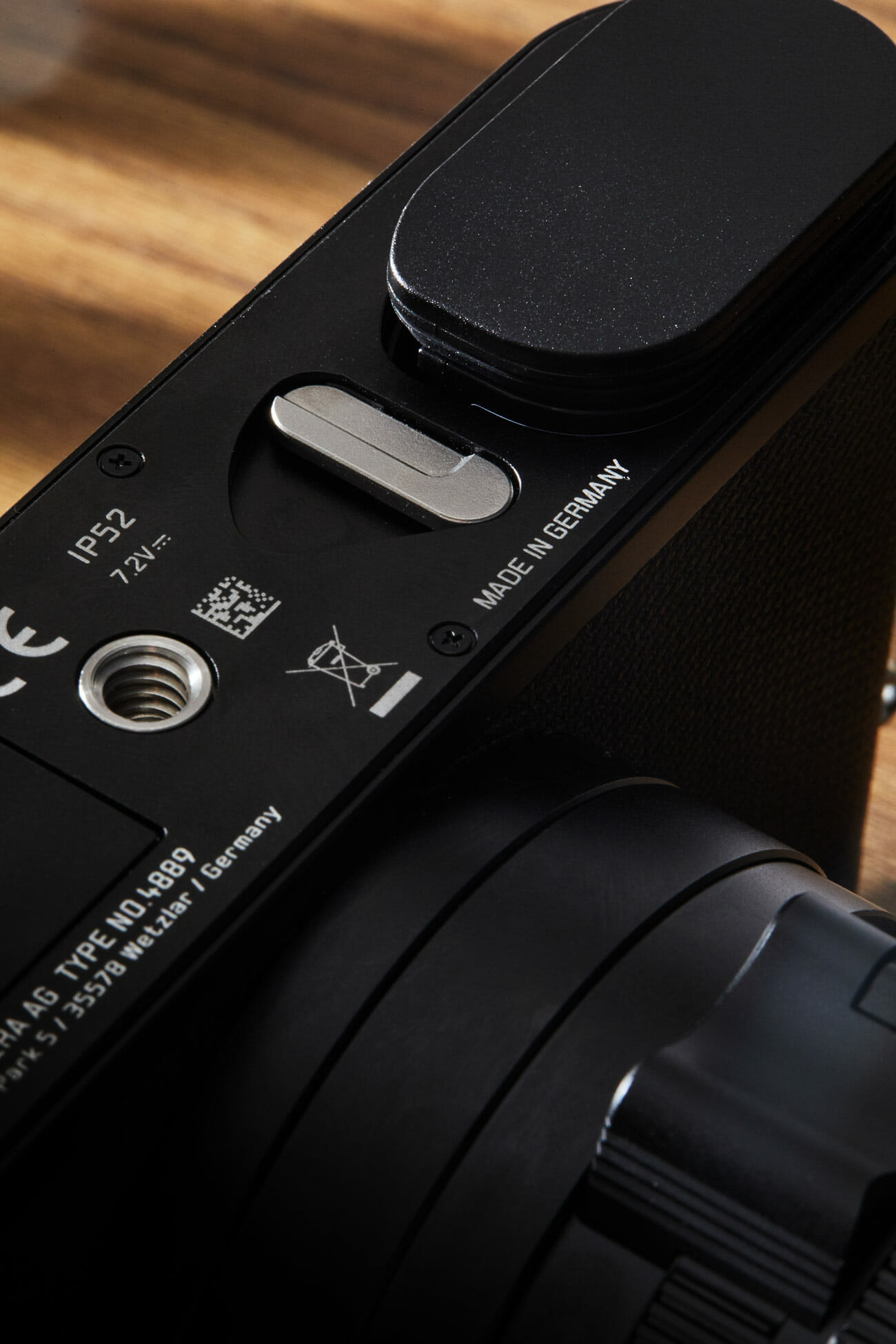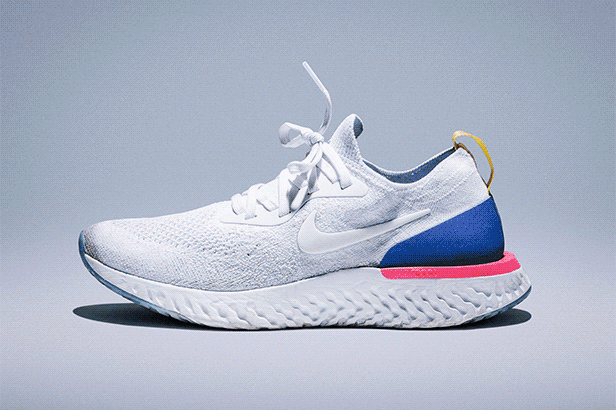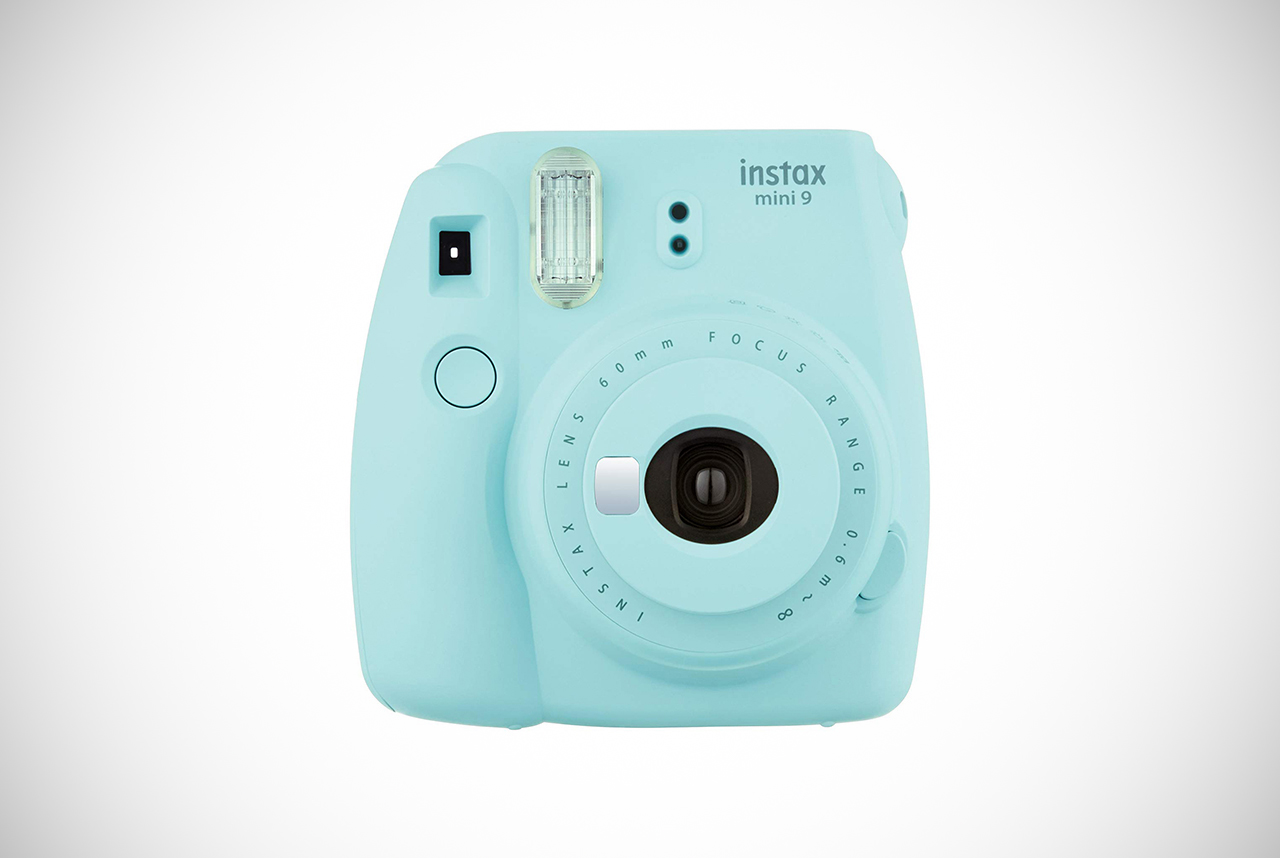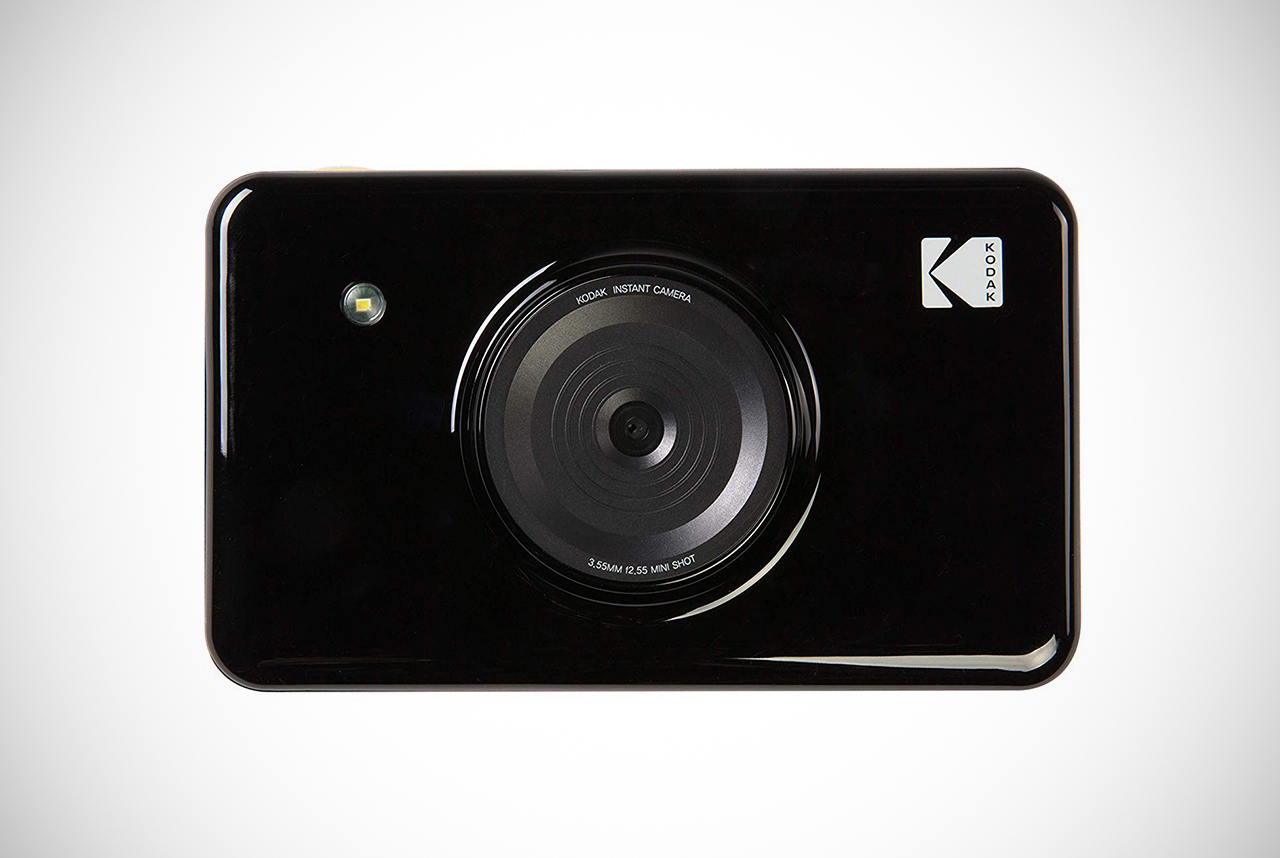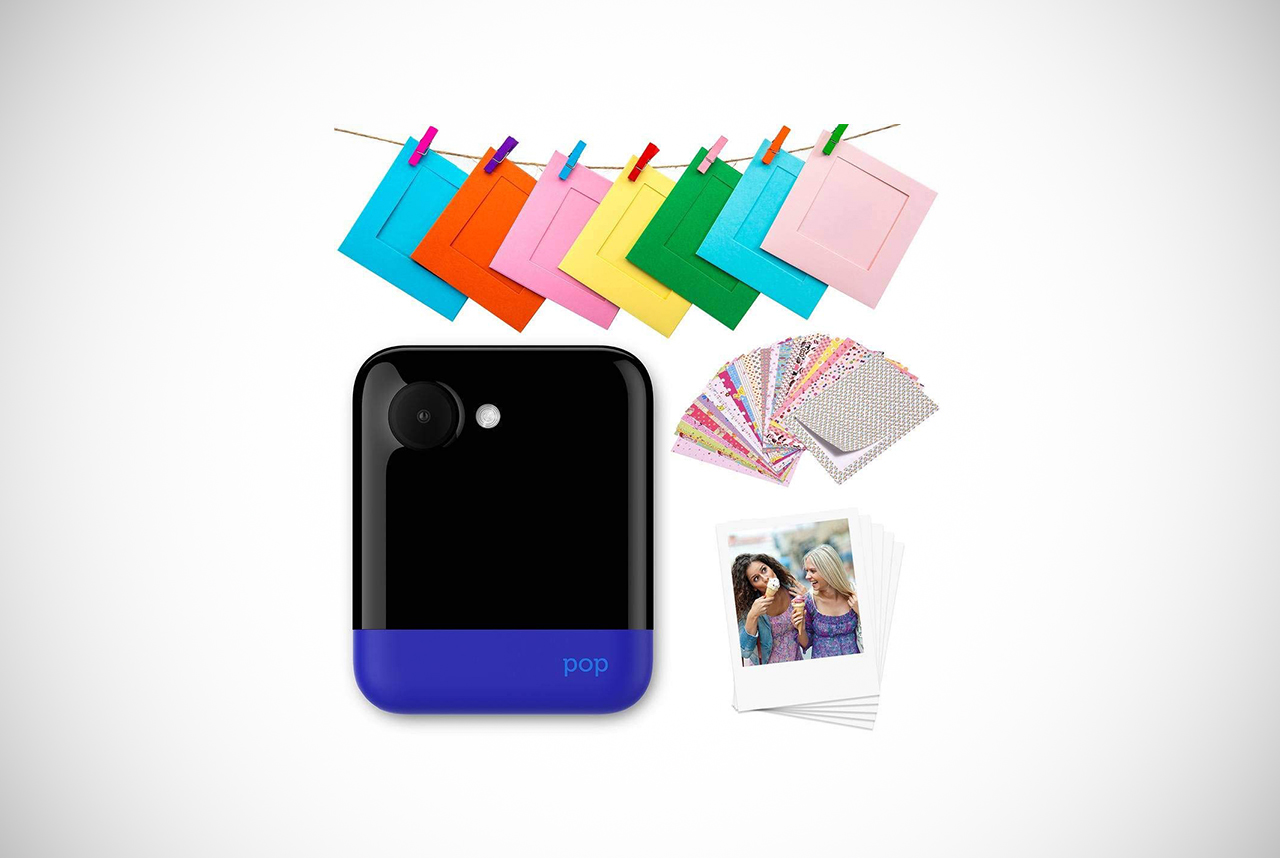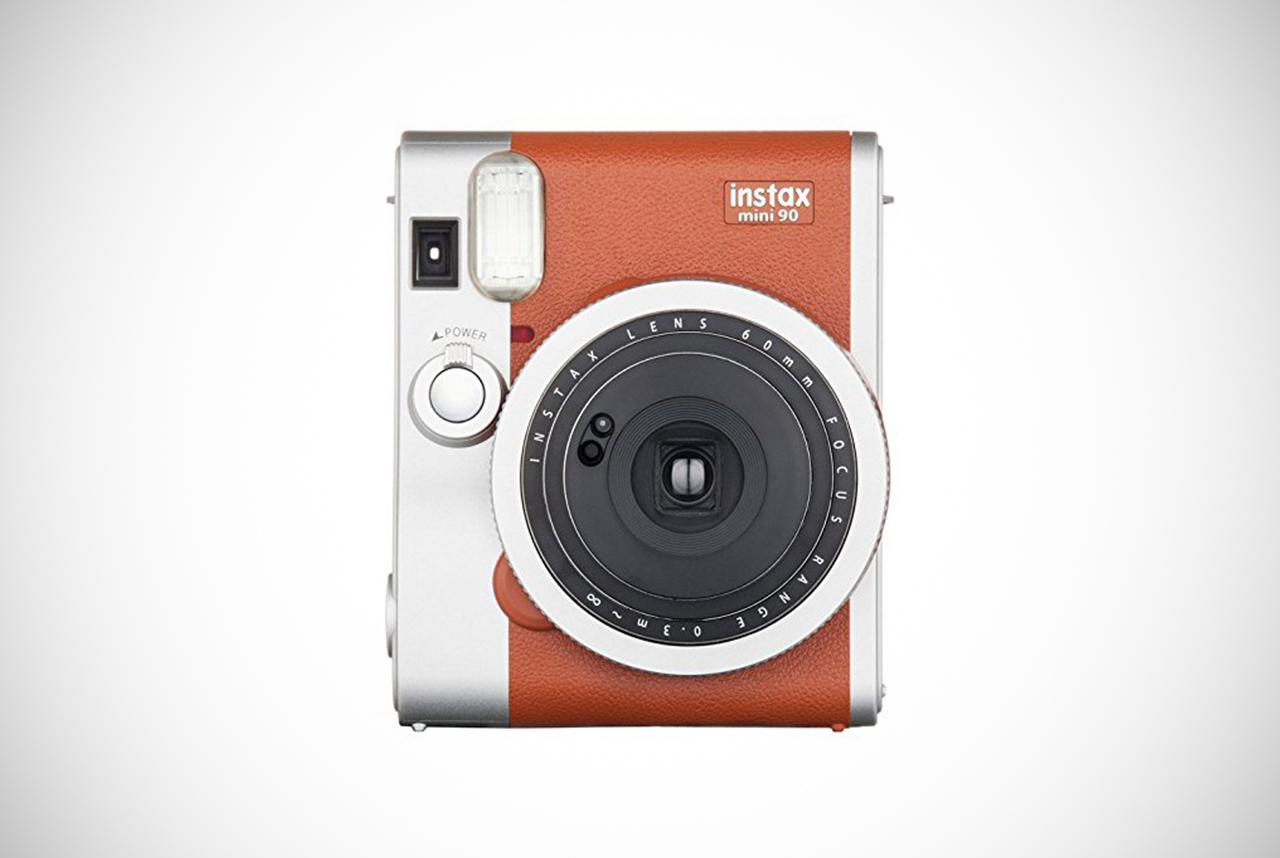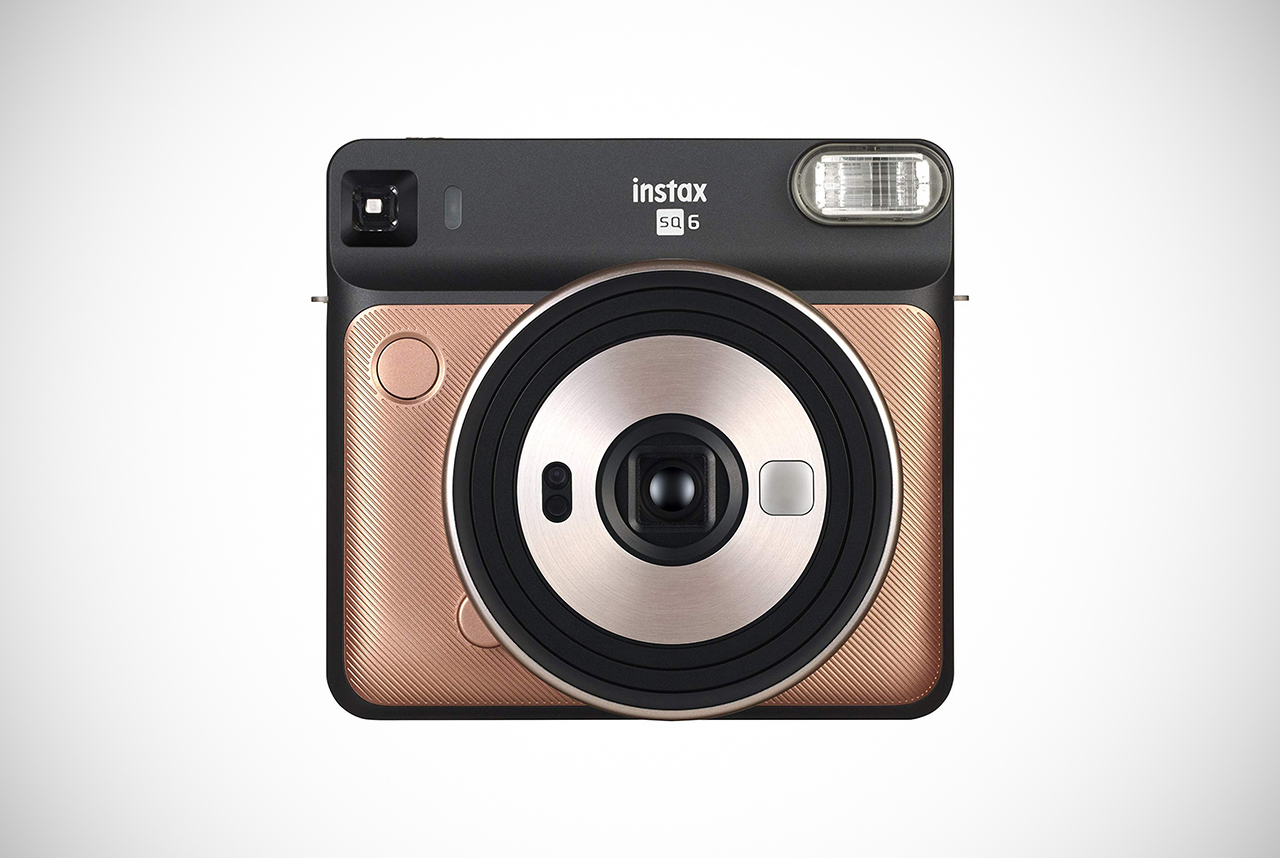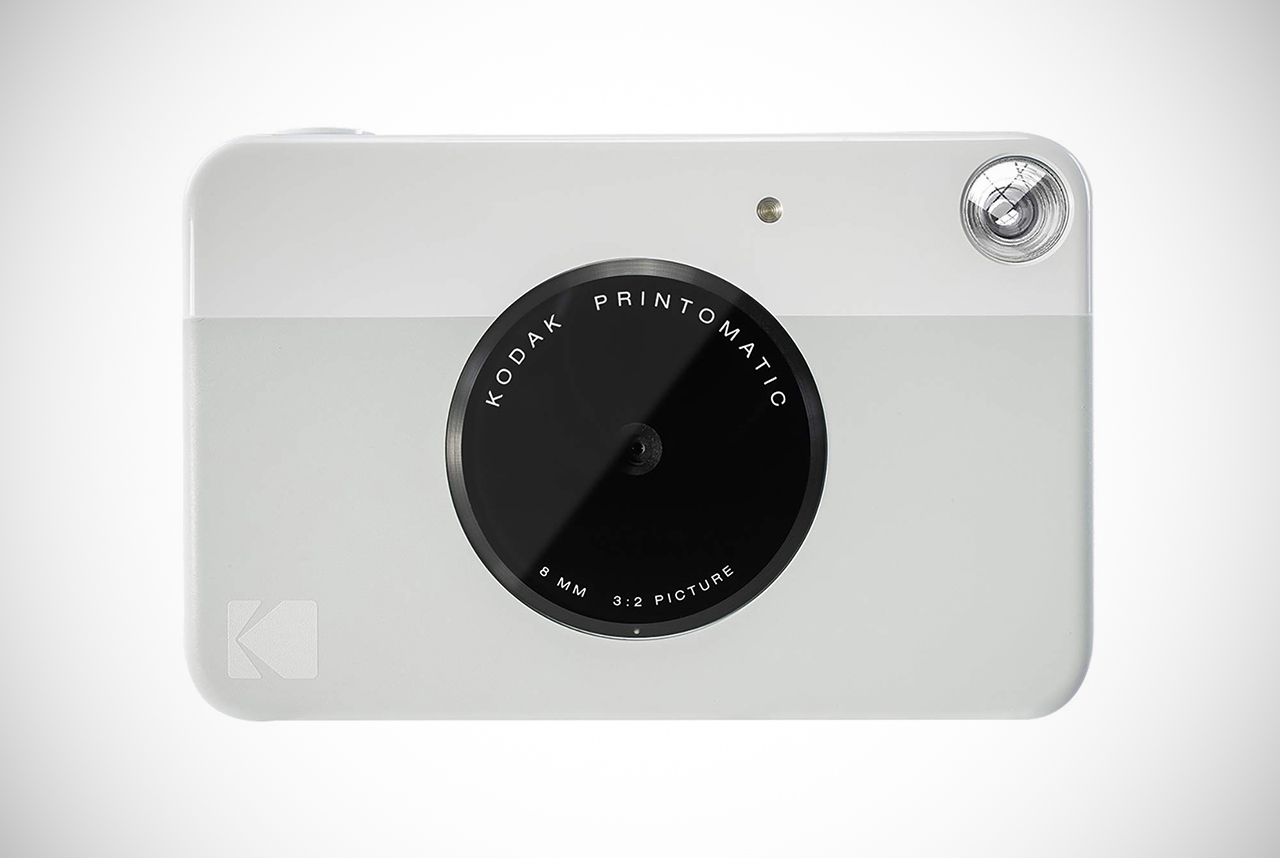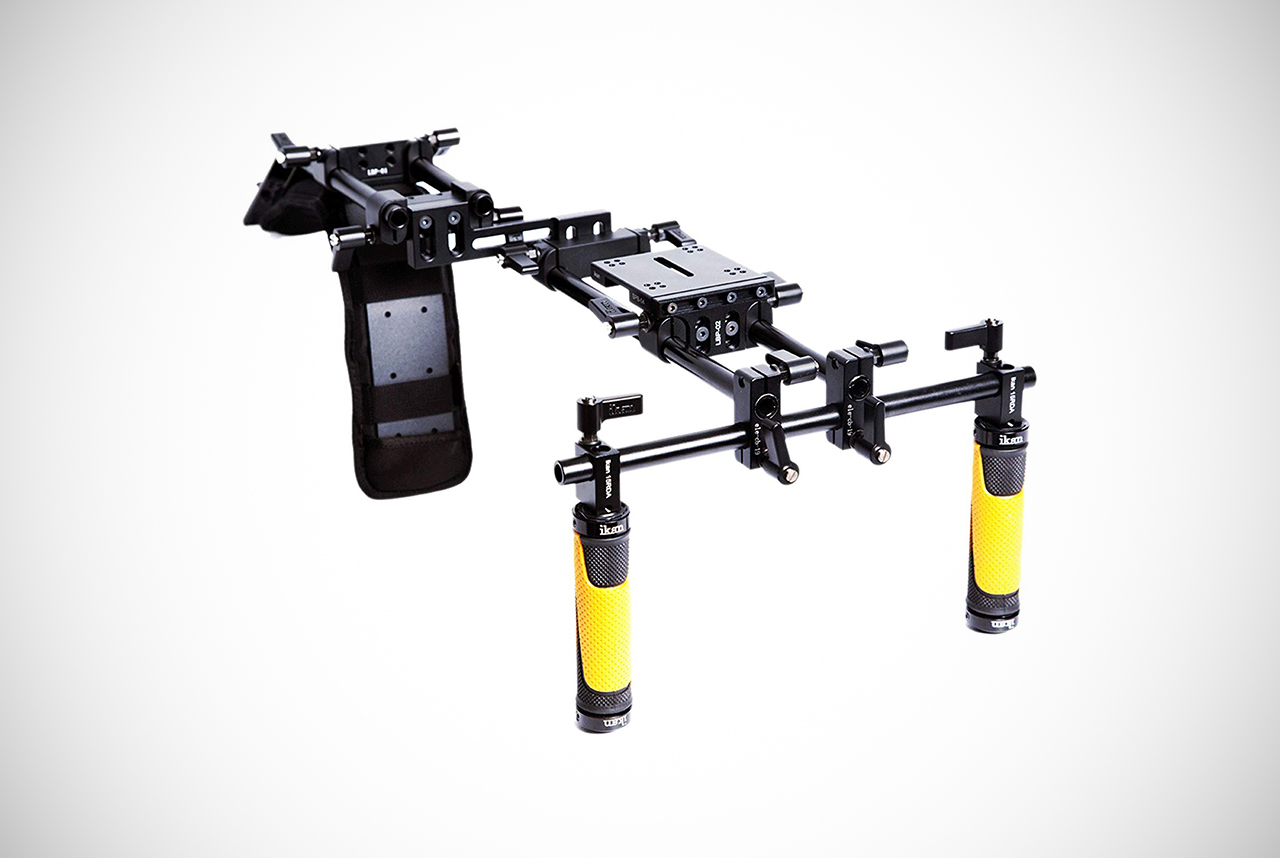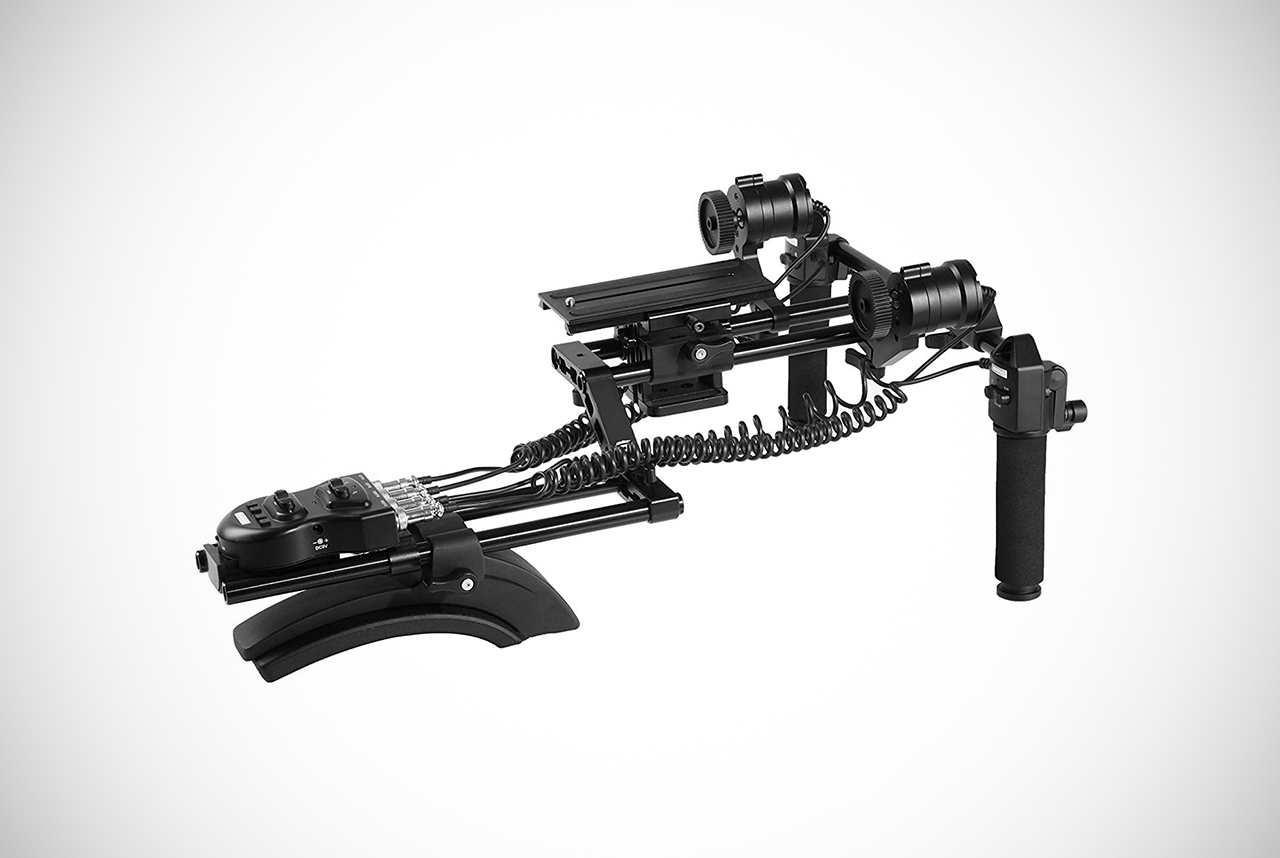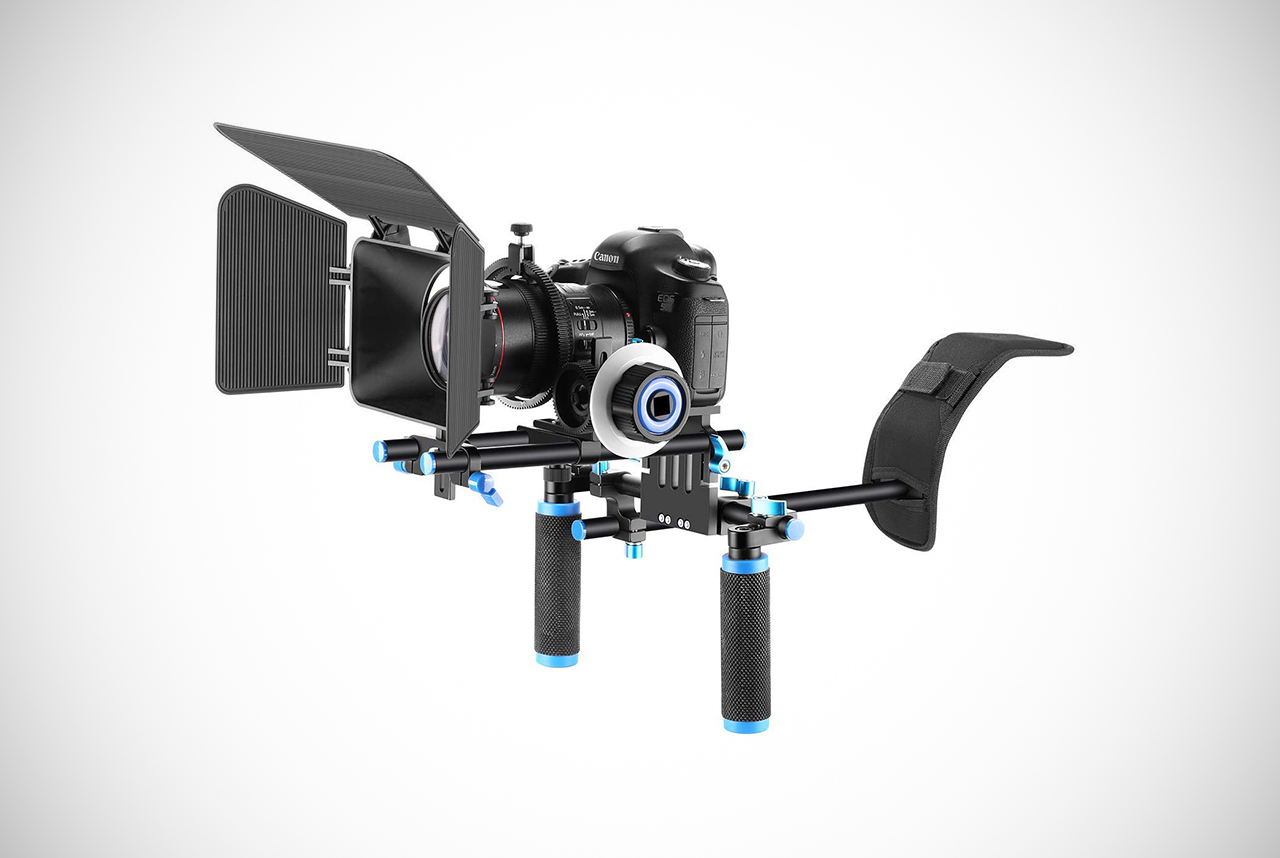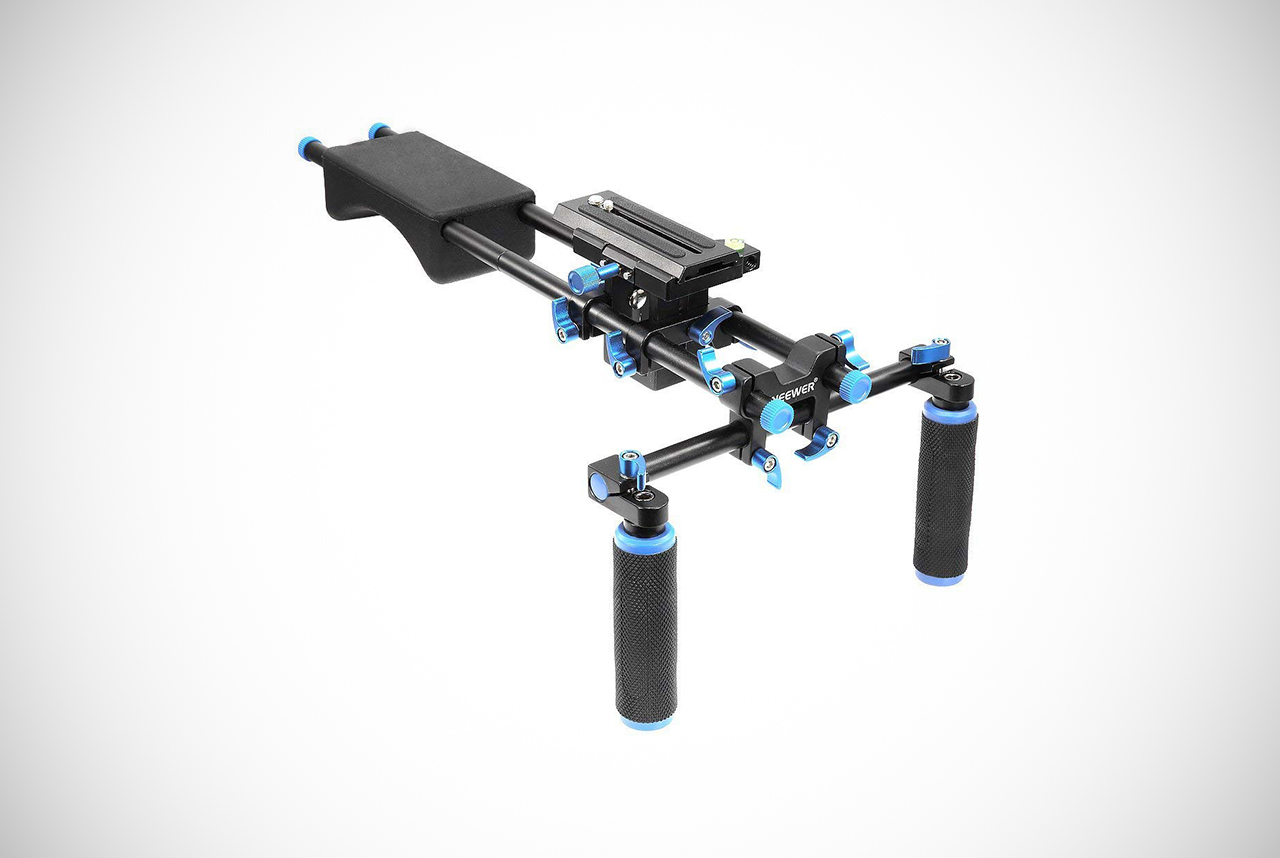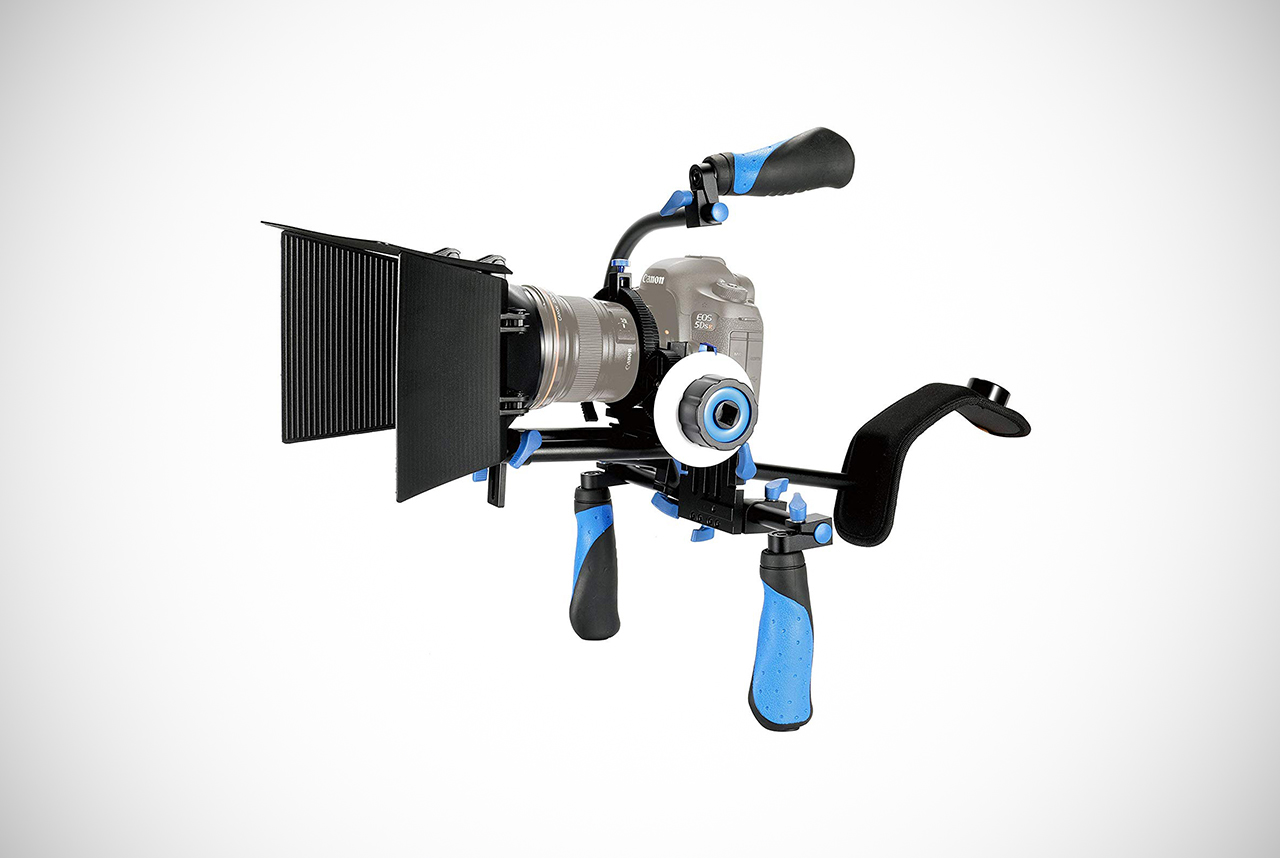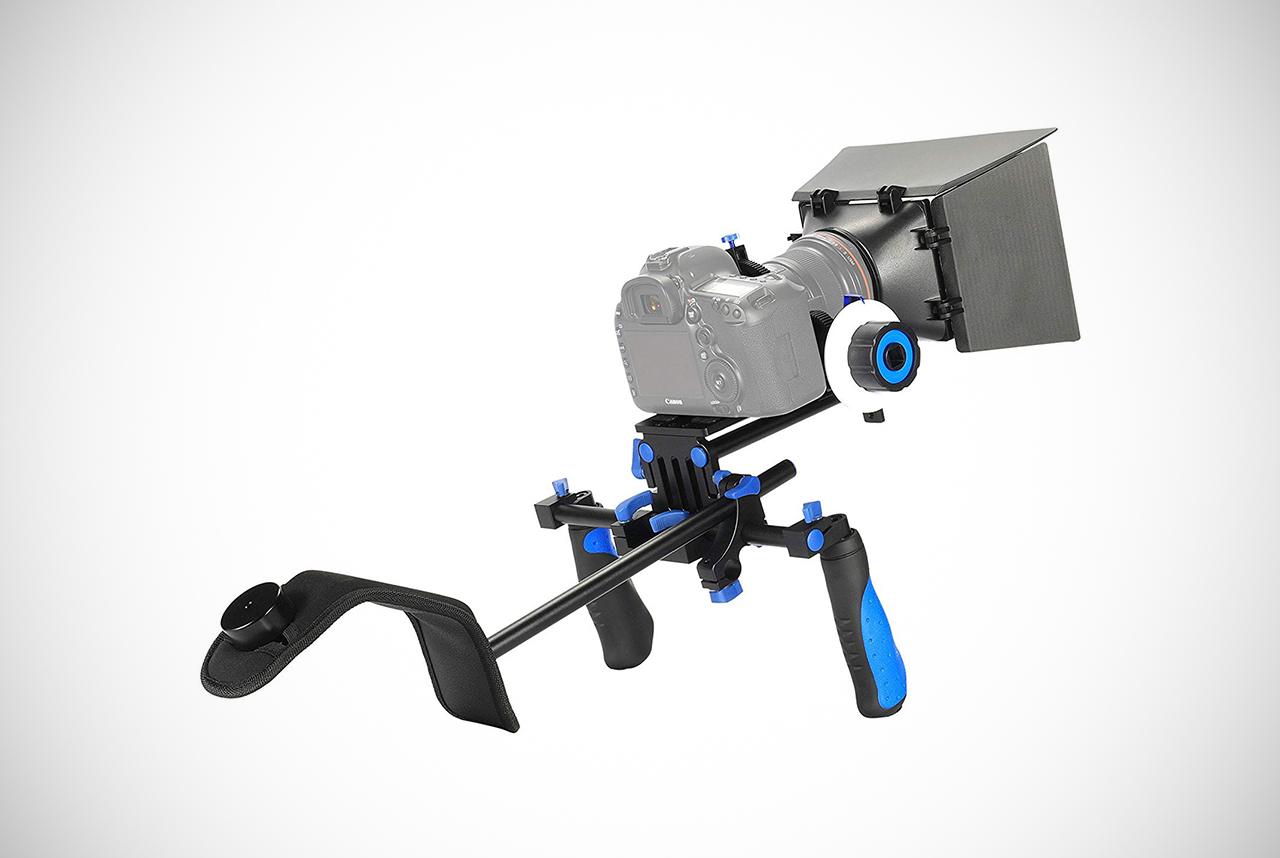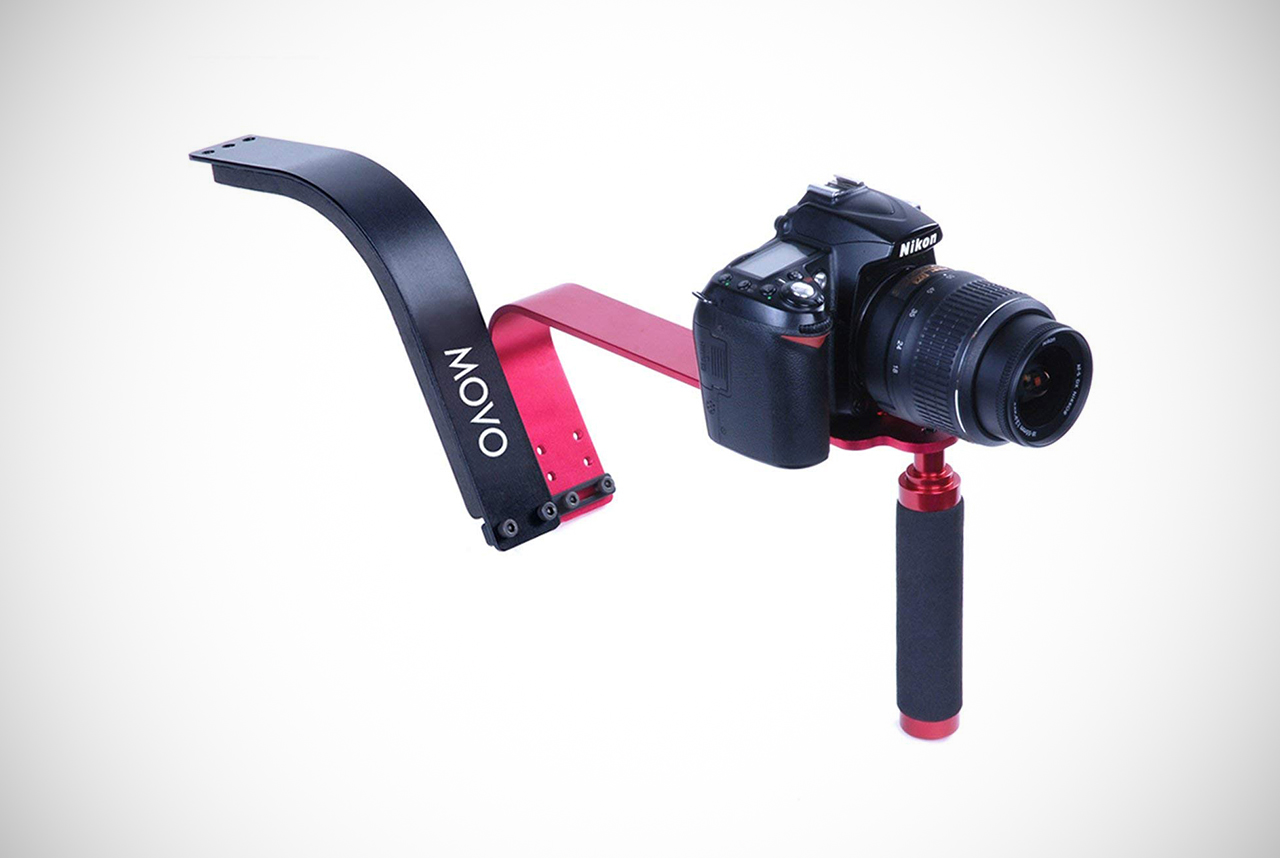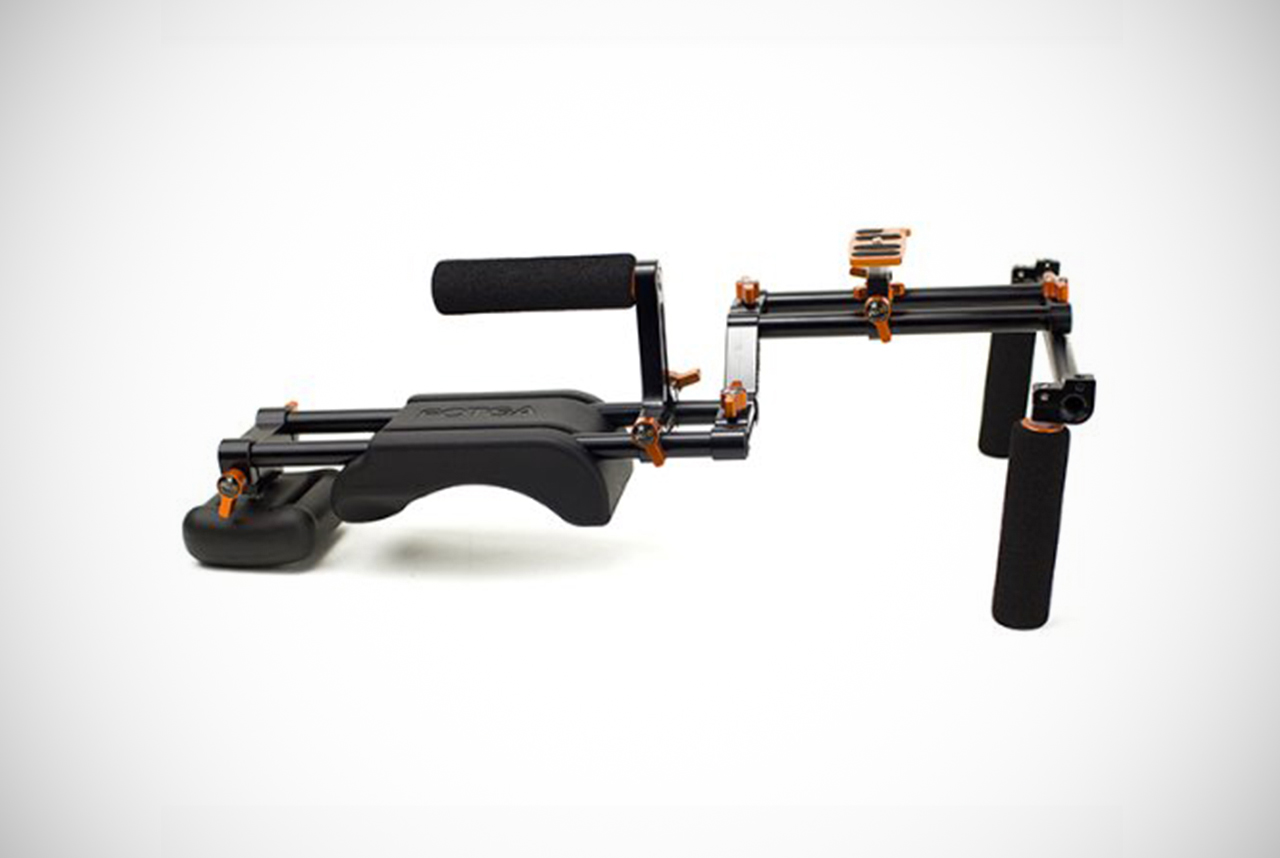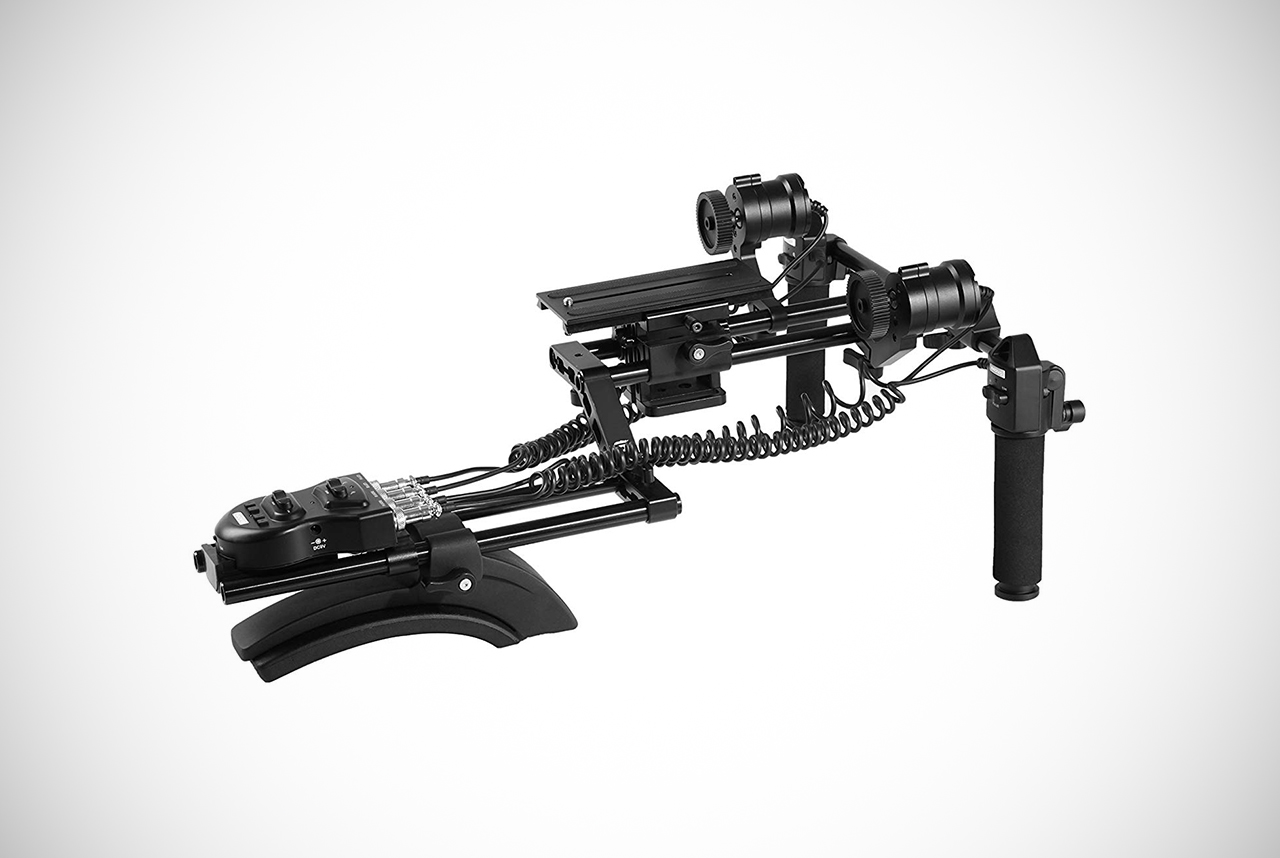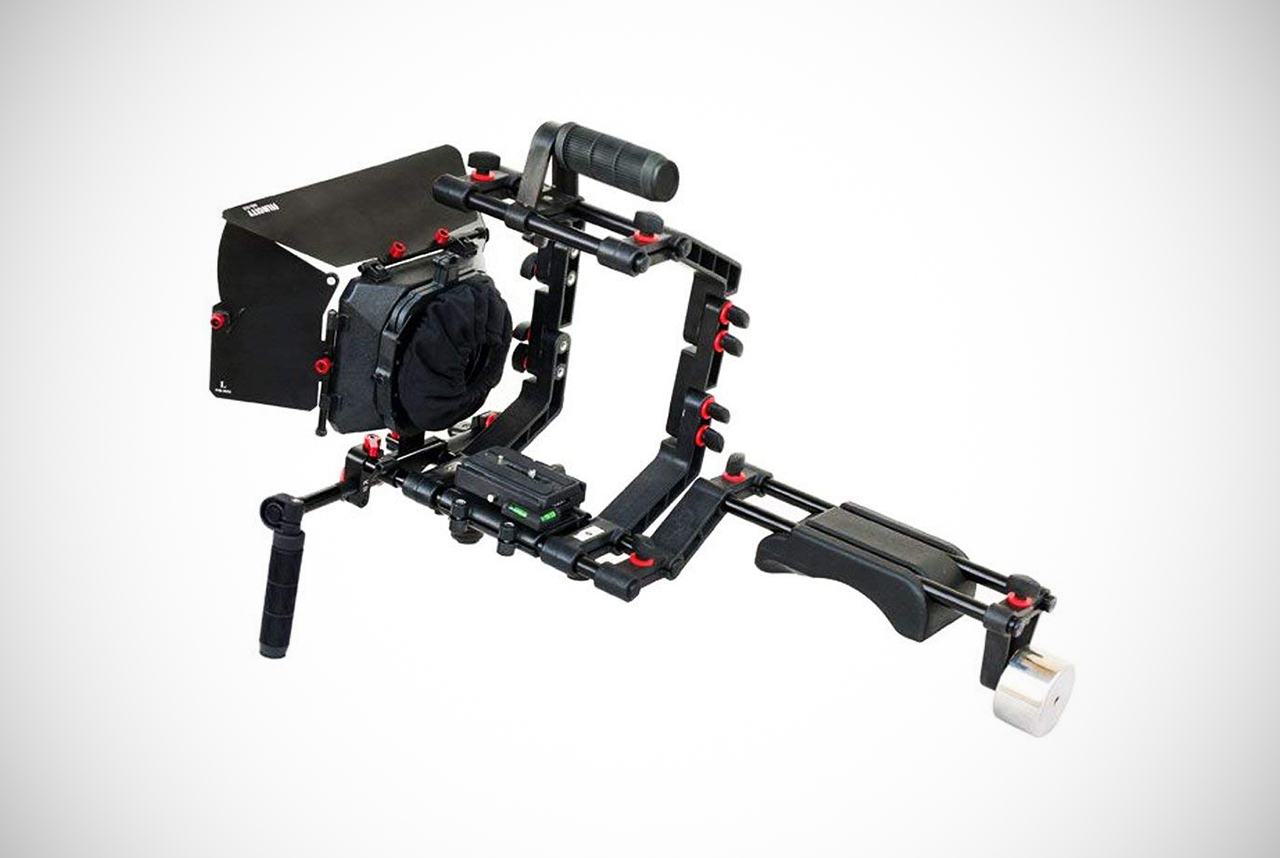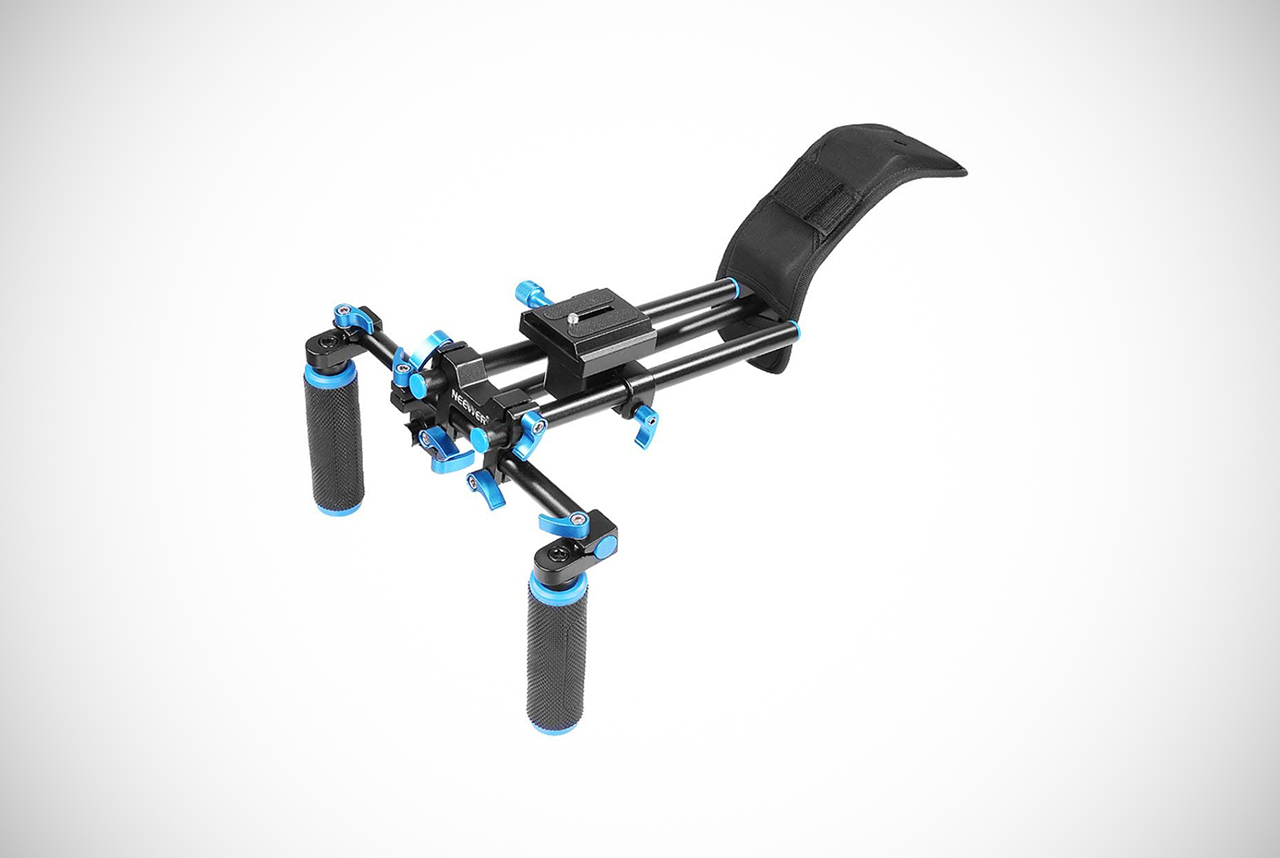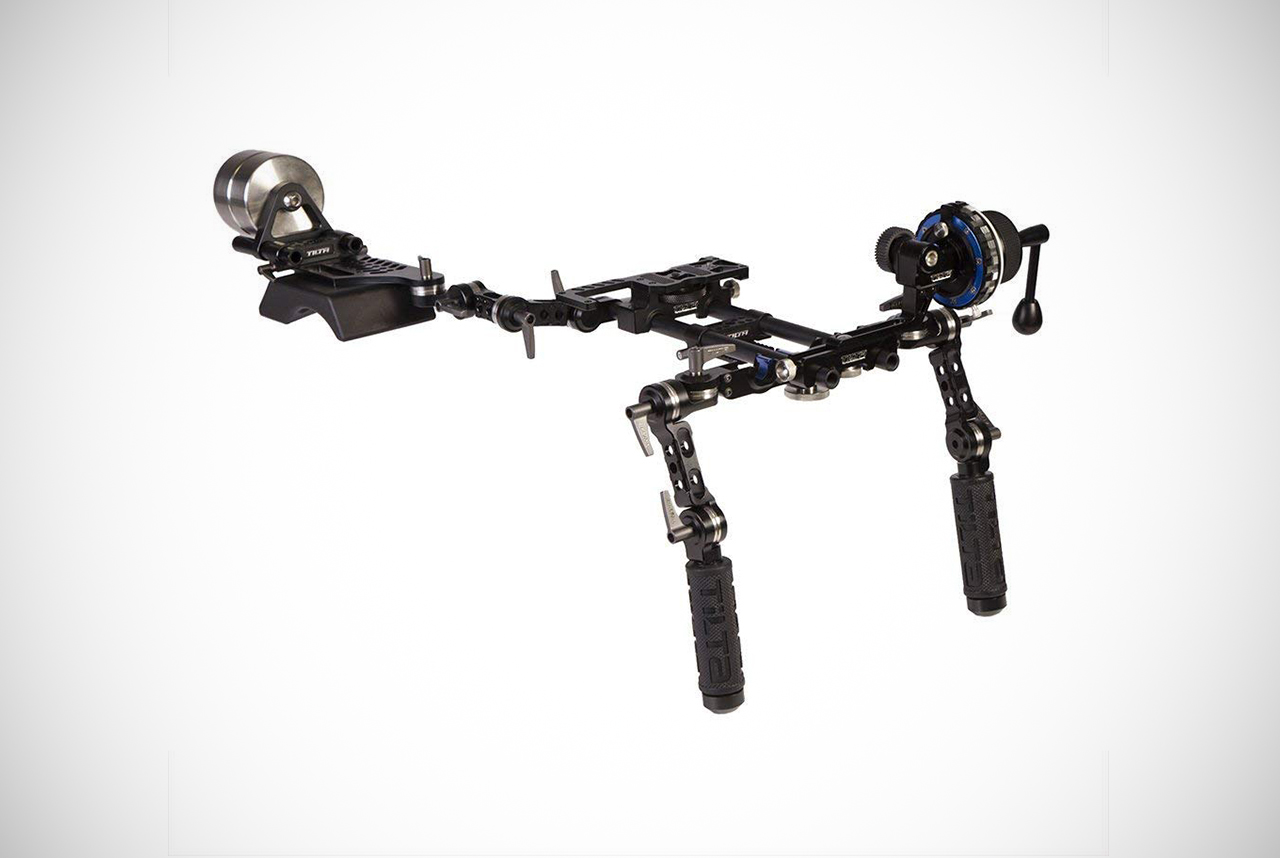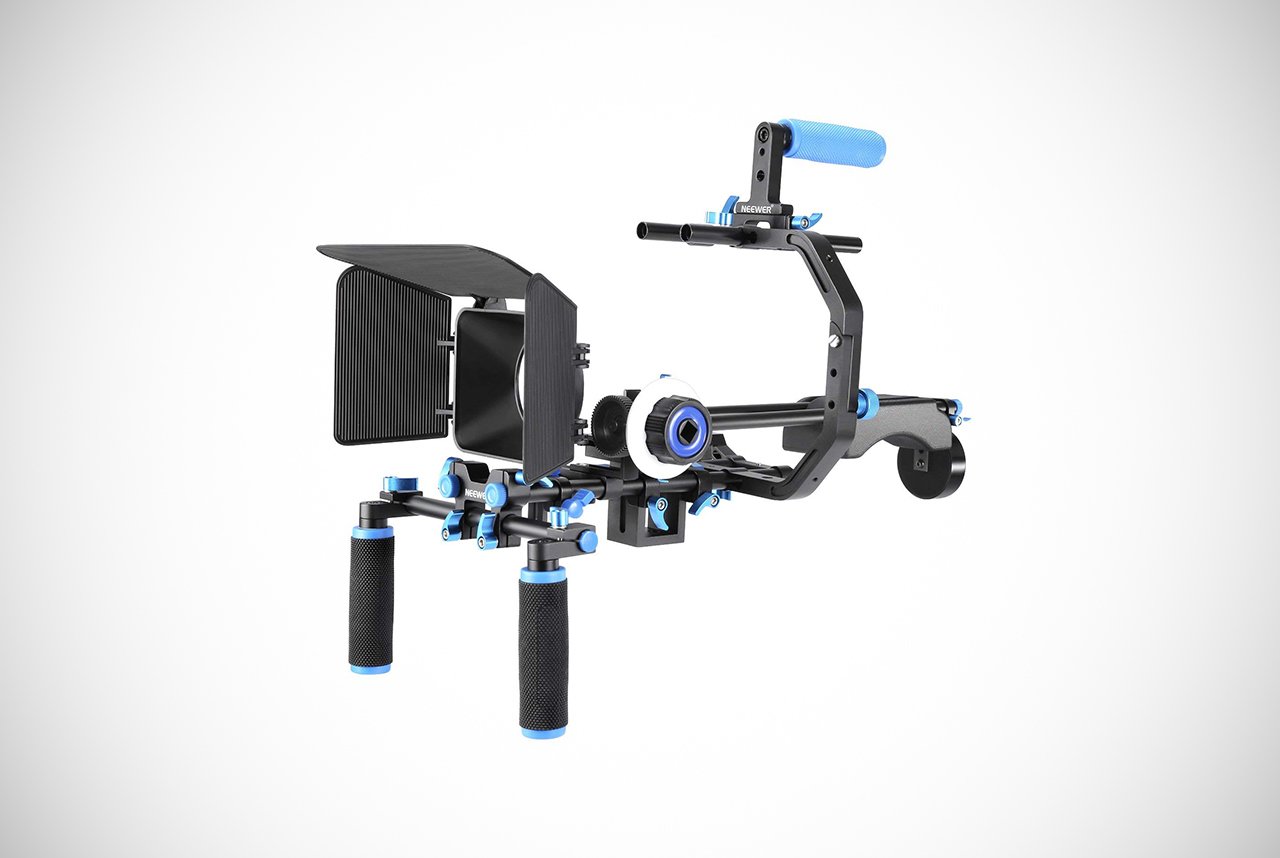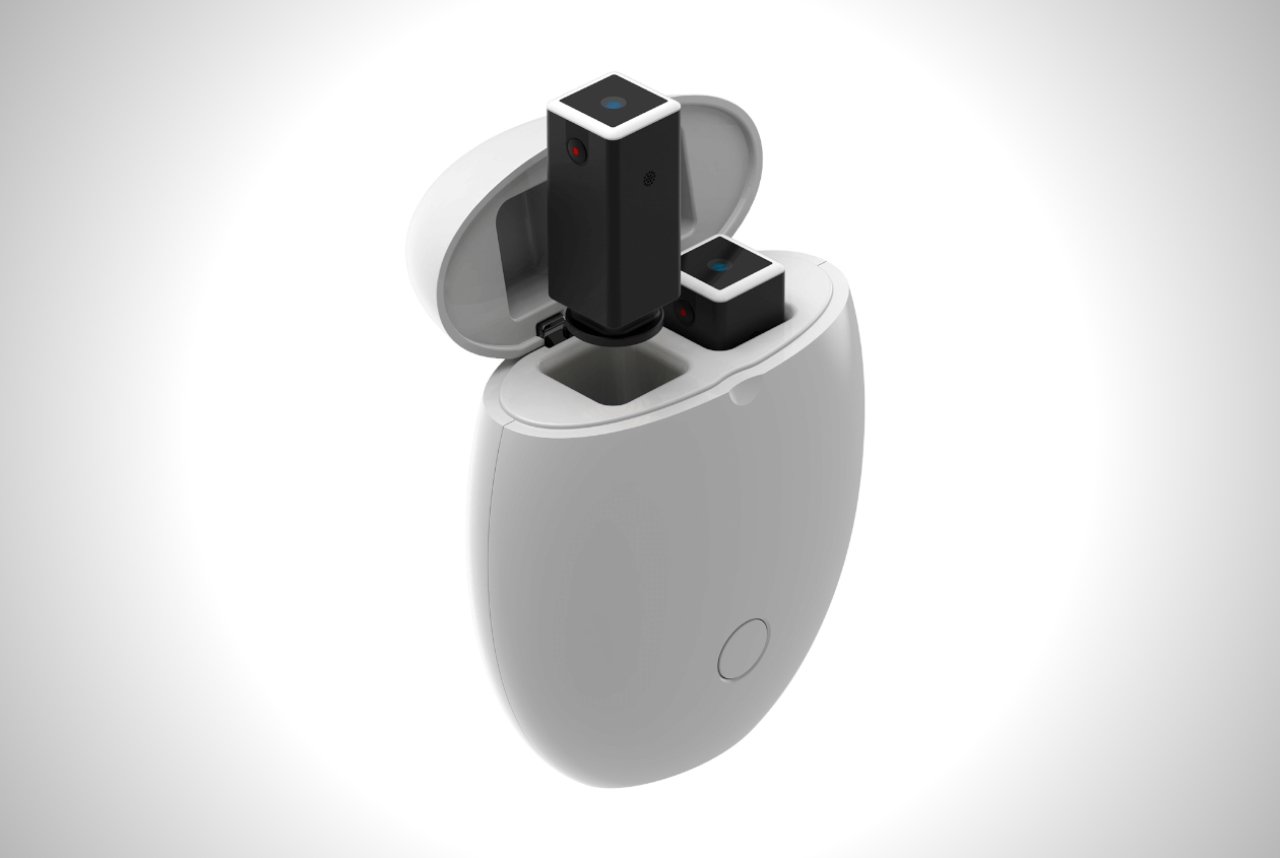E
veryone, hands up if you’ve ever been in a road accident. Okay, keep those hands up if it was your fault. None of you? Really? We’re sorry, we’re sure you’re all excellent or at least pretty good drivers, but we find that hard to believe. If only there was a device that could determine whether or not you’re telling the truth. Well, there is…car dash cams.
You might remember these from the ten-thousand or so bizarre videos from all over the world that always seem to capture the very worst moments of someone’s life. While that’s (mostly) very amusing, the car dash cam’s actual purpose is supposed to provide unarguable evidence in the event of a crash, accident, or traffic violation.
This provides the owner with protection when challenged over the truth – as long as it’s not their fault.
This is great news for the careful and responsible drivers among us. Meanwhile, it could be an issue for the less talented drivers among us. That’s right, we know who you are!
If you’re tired of being blamed for accidents that weren’t your fault, however, car dash cams will help you out. Heck, you could even exert some revenge on those who’ve wronged you by following them all day to capture proof of their depravity.
That said, buckle up and join us to check out the best car dash cams on the market today.
What are the main things to consider when buying a dash cam?
We see you’ve decided to purchase a dash cam. Congratulations, from now on you’ll never need to worry about the back and forth uncertainty of ‘He said, She said.’ Plus, you’ll never need to feel concerned about how safe your car is and you’ll also pick up a couple of hilarious videos along the way.
Before you settle on which car dash cam is the best one for you, there’s a couple of things you’ll need to consider first. This will help you out by making sure you don’t get taken for a ride.
Resolution:
In the 21st century, everything is high definition, perhaps too high definition sometimes. Whatever car dash cam you choose to buy, you can rely on it having a satisfactory image resolution. However, there’s still a range of different image qualities that you’ll notice when it comes to car dash cams.
The most common to run across is 720p, 1080p, and 1440p.
You may not know what this means, which is totally cool, few do. These same things can be seen in computers and televisions too. That said, what does 1080p, for example, actually mean? The “P” in the example stands for “progressive.”
You may see 720i as well, where the “I” stands for “integrated.”
Both are the same type of thing, it’s simply the way pixels are laid out. In the P version of things, pixels are up and down. Meaning from the top of an image to the bottom, pixels are formed. This gives an HD, defined image or video that you might see a movie in.
Meanwhile, the I version has pixels that go from side to side. This offers a crisp, sharp image or video. The P version is often better at these things which is why it’s used for car dash cams.
The higher the resolution is, the more likely the video will catch the smallest of details.
Looping:
Car dash cams with looping capabilities allow you to avoid the need for switching the camera on or off. The reason for this is due to the loop allowing the camera to automatically turn on. It’ll begin recording as soon as you switch your car on thanks to hardwiring.
If you’re somebody whose memory isn’t as great as you’d like, this is essential. Even if you have a great memory, it could be insanely useful. Plus, it’ll be another thing you won’t have to worry about.
Night Vision:
Cameras with great night vision will save you a lot of stress if an accident occurs in low-light conditions. Night driving is in some ways safer due to there being fewer cars on the road, but this is not 100% true at times. It’s also a time where people feel perfectly happy to not only hit but also run.
Hey, think about it, it’s dark, nobody saw!
Unfortunately for them, if you have a dash cam when you’re involved in a nighttime collision, they can’t truly get away. Some cameras have better night vision recording than others, however. That means you need to be sure to find one that provides as clear an image as possible once the sun goes down.
G-Sensors:
Finding and purchasing a car dash cam with G-sensor capabilities is essential for protecting your footage. It’ll help keep it perfectly fine in the event of a crash or collision without it getting overwritten by the newer footage. Cameras with G-Sensor technology will automatically switch off when they recognize the car’s ignition has been turned off.
It will then ‘lock’ the footage to ensure that is doesn’t disappear into the ether.
Driver Assistance:
Sometimes there’s a lot going on while your driving, but you’re a good driver, right? It may not matter. Clearly, you can’t be expected to do this successfully all the time sadly. In fact, you might not notice something until it’s too late.
To prevent this, the car dash cams come with collision and pull-out alerts.
This recognizes potential disaster before it happens.
Not only will you have some proof after an accident, but you’ll also be able to prevent accidents altogether. This pretty much makes you a superhero. Who needs the Batmobile anyway?
Parking Mode:
Worried about your car at when you’ve parked it? Maybe there’s been a spate of vandalism around the neighborhood recently? You’re not going to sit up all night waiting to catch the perp, after all, you shouldn’t have to.
Why do all the work when your dash cam can act as a lookout for you?
Parking mode operates using motion sensors, so you don’t need to worry about wasting the battery overnight. If someone comes within range of the car, the camera will switch on. This is sure to catch crooks and idiot kids and hopefully makes sure they don’t cause any more damage.
You might also get the occasional curious critter, but we can live with that.
Rear Camera:
Finding a car dash cam with both front and rear camera functionality ensures you get the widest range of protection possible. You can drive wherever you please without fear of possible accidents they are not caught on camera. Clearly, the best cameras can give you this.
However, it can be a bit more expensive…so you need to think before you buy.
Do you need a rear cam? We’d say it could sure offer more protection in the event an accident occurs…especially in the back of the vehicle you happen to drive. However, the normal car dash cams can do a lot for you too. That said, this will just depend on how much you’re willing to spend.
Storage:
Most car dash cams will have a built-in memory function that’ll record and subsequently save any footage that’s captured during your drives. However, what will you do once you run out of space? By using high definition video, you’ll be treated to excellent and clear footage that will identify culprits without a shadow of a doubt.
The problem is that this awesome quality also means a lot of storage space is used up. Those files can get pretty large. Cameras with high-capacity storage will be a great asset to you, without a doubt. You may also want one that can install a microSD card for even more space.
This will save you the hassle of deleting footage all the time, without much time in-between.
What are the main benefits of car dash cams?
Car dash cams are tremendous for most. The reason is mostly due to what they provide the average, every day, driver. Think about it this way, your protection and how people believe your story could hinge on these things. Car dash cams have gotten police officers out of hot water as well as fired.
That is some major power to hold.
Imagine too if you’re a young black man in America. Traffic stops are routine for them, as well as Hispanic men (even if you do nothing wrong). Most tend to go well, but at times things can get really bad.
Car dash cams can be maneuvered to get the entire ordeal on tape if something goes bad.
It’s your word against the officer’s word, which means your word is useless without proof. However, this tape you happen to have will help exponentially prove he or she was in the wrong. Heck, even the presence of one will help. This is useful for a number of other instances too, so let’s go over them.
Accidents:
Many of us have suffered an accident, been on the wrong end of a fender bender, or encountered some douchebag who thinks he owns the road. However, if we had a car dash cam, we could have had an excellent way to prove that we were, in fact, in the right.
Memories might be pretty clear, but there’s no substitute for video evidence. It’s an eyewitness that doesn’t blink, so take advantage while you can.
Peace of Mind:
Even if we have a good idea of where our vehicle is, we may still worry if it’s safe. It could be the area you’ve parked in, it could be the place on the road, it could just be that you’re very protective. Maybe too protective perhaps? With a car dash cam, any fears will be (mostly) alleviated.
The dash cam won’t necessarily save your car from damage when you leave it parked somewhere. However, it will help you identify who was responsible. This will help the local law enforcement hunt them down, then you’ll finally get the justice you deserved all along.
Fraud Prevention:
The unfortunate truth is that some drivers will go out of their way to cause collisions, accidents, and other inconveniences. They will then try to make it look as if you were at fault for their mistake. How horrible, right?
With car dash cams, you can become a hero of the road.
Well, you’ll be your own superhero. You won’t be a Batman or Green Arrow out there or anything…this is only a dash cam. However, you’ll help you avoid dealing with people who try to make you look at fault. These frauds need to be stopped and you can do just that.
Not Just a Camera:
Well, it still is a camera, but the dash cam is so much more. It can act as a parking assistant, provide collision alerts, and parking protection. Furthermore, most cameras will also have GPS capabilities. This will not only pinpoint exactly where an accident occurs but will also show your speed.
This will allow you to make sure you never go over the speed limit. We know you will, but at least you’ll have an idea of the speed limit in areas you are not familiar with.
That GPS thing is pretty handy, for sure.
The Memories:
Car dash cams are mostly associated with covering you or somebody else in the event of an accident. However, you can also use them to record your road trips! Seriously, you can.
This is pretty awesome if you ask us.
If you like packing up your stuff, jumping in the car and saying goodbye to the city for a couple of days, the dash cam will be there. It’ll catch everything so you can watch how things went when you’re done. You can check out the gorgeous scenery and marvels of nature you came across.
Heck, you can even put together in a travel video as a memento that won’t go anywhere.
Pure Entertainment:
We’ve all seen those hilarious/interesting videos captured by the sheer luck of a driver having a dash cam. If you haven’t seen them, trust us, you’re sorely missing out. While entertainment was not the intended purpose of car dash cams, you can have endless hours of weird and wonderful examples.
You can come across some of the strangest goings on in everyday society, especially when people don’t think they’re being watched. Just remember not to use these powers for evil. That’s not cool, dude.
Is it easy to set up and install car dash cams?
It really should be easy to set up car dash cams. However, that is not exactly the case regardless of how good it would be. There are certain rules regarding placement and other issues that you really need to pay attention to.
Not doing so could result in footage not working well or even become useless in court under certain situations.
Heck, you could even be breaking the law! To avoid your jail time, we wanted to make sure we made you aware of key things you need to know about. Check this out.
Where can you mount it?
Dash cam mounting isn’t as simple as the everyday hands-free mount you’ve used with your smartphone for years. Instead, it must be placed behind the rear-view mirror. This allows the image to be perfectly centered and it captures the widest angle of the road.
This includes both lanes, as well as any signs that you pass along the way.
‘But what about the cables?’ you lament while ignoring everything we’ve just said. Well, hold on a second. Car dash cam wires are long enough to reach a power source. This ensures there’ll be no issues with connectivity.
What kind of mount, though?
Car dash cams come with either a suction-mount or one that employs double-sided tape. Both work well, but the suction cup is much more reliable than the double-sided tape version. This is mostly due to it being easy to reset and start over if you put it somewhere wrong.
It can also go from vehicle to vehicle without much issue.
Remember, with every incorrect mounting with double-sided tape, you’ll lose precious adhesiveness. That could result in your camera tumbling from its perch, probably just before an accident occurs. With that being said, we’d advise the suction version.
How do you connect it?
Your car dash cam will come with the aforementioned wires that’ll connect to ports within your car. This will more than likely be the cigarette lighter port. However, you can elect to hardwire your camera, which will connect it to the main electronics of the car.
There are a few benefits from this, including having the wires hidden. It can also turn on whenever you switch on the ignition so you’ll never forget. Most car dash cams can be hardwired, but you can’t do it yourself. This means you’ll need to employ a professional to make sure it’s done correctly.
That said, it’s an extra expense you may or may not want.
What are the laws related to car dash cams?
Car dash cams were mostly designed to help you in the event of collisions. However, you need to be careful about whether or not you’re using them in a legal way. Remember, laws are a bit annoying but we must follow them. We know, we thought they just handed out chocolate bars too.
Why can’t we just take them, right?
That said, we put together a guide on a few nations and their laws regarding car dash cams to help you out a bit. Take a look.
United States:
In the United States, car dash cams themselves are not technically illegal. However, in the majority of states, windshield obstruction is, in fact, illegal. As long as you’re not impeding your own view of the road, then you should be okay.
We’d suggest getting in touch with a lawyer, police officer, or local DMV just to be on the safe side.
There’s also the issue of data protection, which would inhibit the privacy of anyone traveling in your car. A solution to this, though, is to either turn off the audio recording or simply inform them that they’re being recorded. Some states do not have any laws on recording someone.
This is the same for video and audio recording, as there are not as many specifics.
In many states, only one side has to know of a recording. That means, since you’re the one side, you’re good. Not every state is the same, so call up local police stations or a DMV to see what they suggest.
However, you truly want to tell someone even if you don’t have to. Proper ethics, of course.
Canada:
There are no laws about installing a car dash cam of any kind in the country of Canada. In fact, recording your journeys on the road is perfectly fine as they are considered public areas. This means you’re not intruding on anyone else’s privacy.
However, if the camera is not mounted correctly, you could suffer similar charges to those in the United States.
Obviously, you don’t want to operate one while driving, as this is very illegal in Canada as it is in America. This falls under the same type of charge as using cell phones while driving. It may be a bit minor, but too many can add up.
United Kingdom:
Car dash cams are perfectly legal in the United Kingdom, throughout every single area. However, if it is mounted incorrectly, you could face fines from local police who see this.
You could even have any footage you’ve recorded deemed inadmissible in a courtroom setting.
If you work for a ride-sharing company like Lyft or Uber or even just as a taxi driver, then you need to inform the passenger that they’re being recorded. This is technically needed in both Canada and the United States in states or provinces that have such rules.
Anywhere Else?
In case you’re planning a trans-continental trip, we should mention that you’re prohibited from having a car dash cam at all. This includes countries such as Switzerland, but could also apply elsewhere in the world.
Before going anywhere, do your research and save yourself the hassle.
Most of the time, taking car dash cams overseas or to nations close by would be weird. After all, there are a lot of rules on rental cars and most airports won’t let you take stuff like this on a plane. That said, avoid assuming it’s okay. You honestly don’t need it in many nations.
Simply use a normal camera if you’re worried things might get bad somewhere.
1) Rexing V1 Car Dash Cam

The Rexing car dash cam is designed to blend in seamlessly with the car to keep your focus squarely on the road, as well as ensure that it doesn’t look too obvious for other drivers. This model offers plenty of features to get excited about.
One of them is the full HD recording, which ensures crystal-clear images both day and night. Furthermore, the 170-degree lens achieves an incredibly wide angle, which manages to get nearly every inch of the road.
For increased protection and driver safety, there’s also accident auto-detection.
This will activate long before you’ve even realized something is up. This should offer a minor alert to allow you the ability to avoid possible accidents before they happen. Of course, this should allow everyone to make it to their destination with very few issues.
Now, isn’t that what we all want from car dash cams? We think so.
Check Product Price // Read More Reviews
CHECK PRICE READ REVIEWS
2) Garmin Dash Cam

Garmin is a major leader for the technology you’ll use in or for your vehicle. It comes as a shock to no one that they made excellent car dash cams too. The video quality is better than most normal cameras, which is saying a lot. Filming at a remarkable 1440p, you’ll never be straining to see the content in videos again.
This will make you the best eye-witness on the road.
Also included are exceptionally accurate lane departure and collision warning systems. This is sure to save you and others from potential crashes during the busiest times of the day. Furthermore, voice-recognition software means the whole camera is entirely hands-free.
This allows you to switch it on and off with simple voice commands. Don’t focus on pictures on a screen, focus on the road and let the camera do the hard work for you.
Check Product Price // Read More Reviews
CHECK PRICE READ REVIEWS
3) Lukas LK-7900 Car Dashboard Camera

The Lukas HD car dash cams come with a provided 16GB of internal storage. Included is an array of awesome and incredibly useful driving features you’ll absolutely love. With 1080p HD video, the footage is exceptional and clearly capable of getting every detail.
Meanwhile, the powerful auto exposure feature means that regardless of the weather conditions, you’ll always have perfectly viewable images.
There are also four different recording modes that can be adapted to suit your preference on how you want to record something. These modes include continuous recording and motion detection. This will surely come in handy when the car is parked overnight, at the game, or out to dinner.
Check Product Price // Read More Reviews
CHECK PRICE READ REVIEWS
4) Anker Roav Dash Cam

With motion activated sensors and extreme temperature resistance, the Anker Roav Dash Cam is a superb product. It is able to withstand all elements, situations, and conditions. It isn’t just designed for your annual adventure across Antarctica sadly.
We know, “technology,” right?
The camera delivers more than enough features to keep you and your car protected no matter where you drive it.
Its Nighthawk Vision means that you’ll receive awesome, clear videos during the darkest of nights. Meanwhile, the built-in WiFi smartphone transfer means it’s never been easier to view your videos. This will be filmed in expansive panoramic views to capture as much as possible.
Anker gets it done with several other products, but their car dash cams are absolutely stunning.
Check Product Price // Read More Reviews
CHECK PRICE READ REVIEWS
5) Vantrue N2 ProDual Dash Cam

Offering nearly 360-degrees of coverage, the Vantrue N2 ProDual Dash Cam is an awesome choice for anyone. Especially those who wish to get home safe or like to capture crazy people on the road.
This camera provides you with both road camera and interior camera viewership.
This ensures you capture as much as possible so you are always able to back up any claims. We have to agree with the late Billy Mays who once said, “wait, there’s more!”
These car dash cams are also equipped with a 24-hour parking mode. This will detect motion should someone or something get a little too close. Meanwhile, the G-Sensor and looping mechanism ensure that you can set it and never worry if it’s recording. It surely will be.
Check Product Price // Read More Reviews
CHECK PRICE READ REVIEWS
6) Garmin Dash Cam 35

Garmin is back again, this time with the Dash Cam 35 model. This car dash cam provides accurate forward collision warnings and G-Sensor incident detection. This guarantees constant vigilance on the road and protects your footage as soon as something happens.
Along with this, you’ll also have a dash cam player. This allows for clear playback of anything that does happen, without having to upload it to another device.
There’s also a red light and speed camera warning system. However, you do need to pay extra for this privilege. It fits comfortably above the rearview mirror and the suction cup is very reliable, even on the most uneven roads or during heatwaves.
Be sure you’re aware that there are no audio recording capabilities. This is good and bad. While you won’t be recorded as you belt out your favorite tunes, it also won’t record audio in the case of an incident during a traffic stop.
Check Product Price // Read More Reviews
CHECK PRICE READ REVIEWS
7) Transcend 32GB Drive Pro Car Video Recorder

With a 32GB internal memory, you can record hours of road trips. Even if it’s just to and from the office (although we recommend you get out more, dude). Overall, the Transcend Drive Pro allows you to do exactly that.
You can drive like a pro without being concerned it won’t work or back you up in the case of an accident.
This is due to the built-in G-Sensor that’ll protect any recordings upon a crash, as well as snapshot features to capture the clearest images possible. For your convenience, these car dash cams also have access to the exclusive DrivePro520 application.
This means you can download and stream all your adventures, then identify when that idiot pulled out in front of you without warning.
Check Product Price // Read More Reviews
CHECK PRICE READ REVIEWS
8) Z-Edge Z4 2K Dash Cam

The perfect camera to give you the edge over other drivers on the road, this Z-Edge Z4 Dash Cam comes with 2K video capabilities. It truly is an awesome camera that will hang nice and discreetly from your windshield. It’s also packed full of useful features that make it more than a simple camera.
This includes collision detection, 150-degree wide angles, and parking monitor motion sensors. All of this combines to give you some of the best protection available from the sea of car dash cams. The Z-Edge also comes at an excellent price when compared with other cameras and ensures (essentially) endless hours of recording.
Just remember to overwrite existing footage. Otherwise, you may run out. That endless thing isn’t exactly infinite apparently.
Check Product Price // Read More Reviews
CHECK PRICE READ REVIEWS
9) KDLinks DX2 Super Wide Angle Car Dash Cam

If you’re looking for the most complete coverage you can possibly find, the KDLinks super wide front and rear dash cam is the product for you. With 290-degrees of filming capability, it uses a 2-lens system that makes sure to capture every single detail.
Meanwhile, the superior F1.6 six-glass lenses provide night vision capability unseen anywhere else in the world.
Along with this, these car dash cams also come with emergency lock buttons to protect footage. This also comes with an auto-switch to turn the dash cam on as soon as you turn on the ignition. This ensures that you’ll always be protected even on those days where your brain hasn’t caught up to your body yet.
With so much high-quality coverage, the KDLinks DX2 is the answer to getting every angle you need. Plus, it could lower those insurance premiums a bit.
Check Product Price // Read More Reviews
CHECK PRICE READ REVIEWS
10) THINKWARE F800 PRO 2 Channel HD Dash Camera

The THINKWARE F800 PRO may very well offer the car dash cams that are perfect for the thinking man. It contains both front and rear filming capabilities, but this is just the tip of the filming iceberg. It’s designed to offer you the utmost coverage and protection from both sides of the road.
It also provides incredibly crisp night time footage that will keep your car alert even when you’re not driving it.
The THINKWARE makes this possible with its reliable motion sensors that activate whenever someone walks too close. As for the performance on the road, there’s advanced driver assistance.
This will recognize when hazards are present and let you know before it’s too late.
Meanwhile, you can also keep an eye on everything from afar by using the mobile viewer. Sure it’s on the expensive side, but for those of you who are truly “in love” their cars, money isn’t an object.
Check Product Price // Read More Reviews
CHECK PRICE READ REVIEWS
11) Transcend 16GB DrivePro 200 Car Video Recorder

The Transcend 16GB is a high-capacity piece of tech that’ll ensure you won’t have any mysteries during your drive-time. Coming with a 16GB microSD card, you’ll have more driving footage than Top Gear and maybe even more entertaining shots too.
The camera comes with a free app and WiFi connectivity. This makes it easier than ever to view, stream, and share your footage with the world.
Well, at least the relevant authorities.
With a 160-degree angle lens, you can ensure you’ll get greater coverage than you thought possible. Meanwhile, the G-Sensor is more sensitive than other cameras and will have your back in the event an accident with emergency recording.
Unfortunately, these car dash cams don’t come with parking mode or GPS. However, for a budget product, there’s still a lot to give you peace of mind while driving.
Check Product Price // Read More Reviews
CHECK PRICE READ REVIEWS
12) TomTom Rider 550PAPAGO Car Dash Camera

The PAPAGO Car Dash Camera boasts incredible HD recording footage that ensures you’ll capture every little thing possible. Along with top quality images, there’s 64GB microSD support that’ll capture hours of video. Plus, all of this can be viewed with the complementary app.
Unfortunately, this app is only compatible with Android, for now at least. However, if you’ve embraced Android over Apple, then this is perfect. You also get two different mounts to suit you and your car, which is pretty cool. It also comes with a Driver Assist feature that goes that extra mile to keep you protected and keep that insurance low.
If you’re looking for good car dash cams that more than provides what you need at a reasonable price, the PAPAGO is a tremendous option.
Check Product Price // Read More Reviews
CHECK PRICE READ REVIEWS
13) YI Compact Dash Cam

If compact is your style, then the YI Compact Dash Cam might feel like it’s been designed especially for you. One of the cheapest products on our list, it still boasts a range of great features that feel like it should cost much more.
These features include high-quality day footage and even good footage for night time recordings.
Despite its size, it’s also very sturdy and should withstand knocks or tumbles with ease. On the software side, the app is relatively straightforward to use. It also provides the opportunity to look back on exactly what happened in any situation you run into.
For those in warmer areas, the built-in cooling system will keep it protected against the sun. However, there have been some instances of melting, so be careful.
Check Product Price // Read More Reviews
CHECK PRICE READ REVIEWS
14) APEMAN 1080p Dash Cam

Our final choice for the best car dash cams is the APEMAN Full HD Dash Cam. It lives up to its name with high-quality video footage that allows for seamless video recording. It even does this during the day and night, both with clear results.
While the camera doesn’t technically have night vision, it still offers F1.8 exposure that’s ideal for low-light situations.
These car dash cams also come with a built-in G-Sensor that recognizes exactly when a crash occurs and locks the footage for your protection. Meanwhile, the 170-degree wide angle lens captures the majority of the road, so even the most inconspicuous happenings are recorded.
Our only real issue is that you can only mount up to a 32GB microSD card. This is a good amount, but we’d like it if there was potential for just a little bit more storage. Otherwise, feel free to go ape-man, over the APEMAN
Check Product Price // Read More Reviews
CHECK PRICE READ REVIEWS
On a Collision Course, Or Maybe Not…
With so many car dash cams on the market it can be a challenge to choose one that’s right for you. However, you know your driving, know your area, and know which is the best for your needs. When it comes to car dash cams, it doesn’t need to be the best, the brightest, the fanciest.
Instead, it needs to be something that you trust will keep you protected in the event of a collision.
The thing about car dash cams is that they’re not just there to place the correct blame. In fact, they’re also there to keep you honest too. It’d be great if everybody drove like they had a car dash cam, but we all know that’s not the case.
Instead, it’s up to people just like you to do your bit in keeping yourself and others in check.
We’re all prone to the odd bout of road rage every now and again. However, with proper car dash cams, perhaps things will be a little different. Why not shift into a different gear and take it a little bit easier?
It would make the road a much more peaceful place to be.


